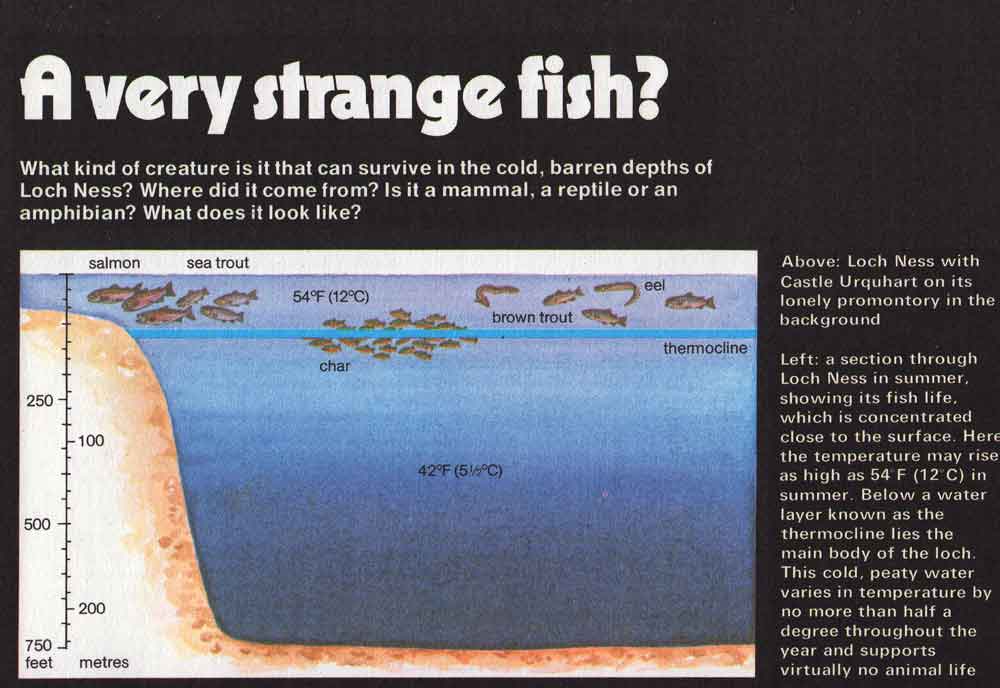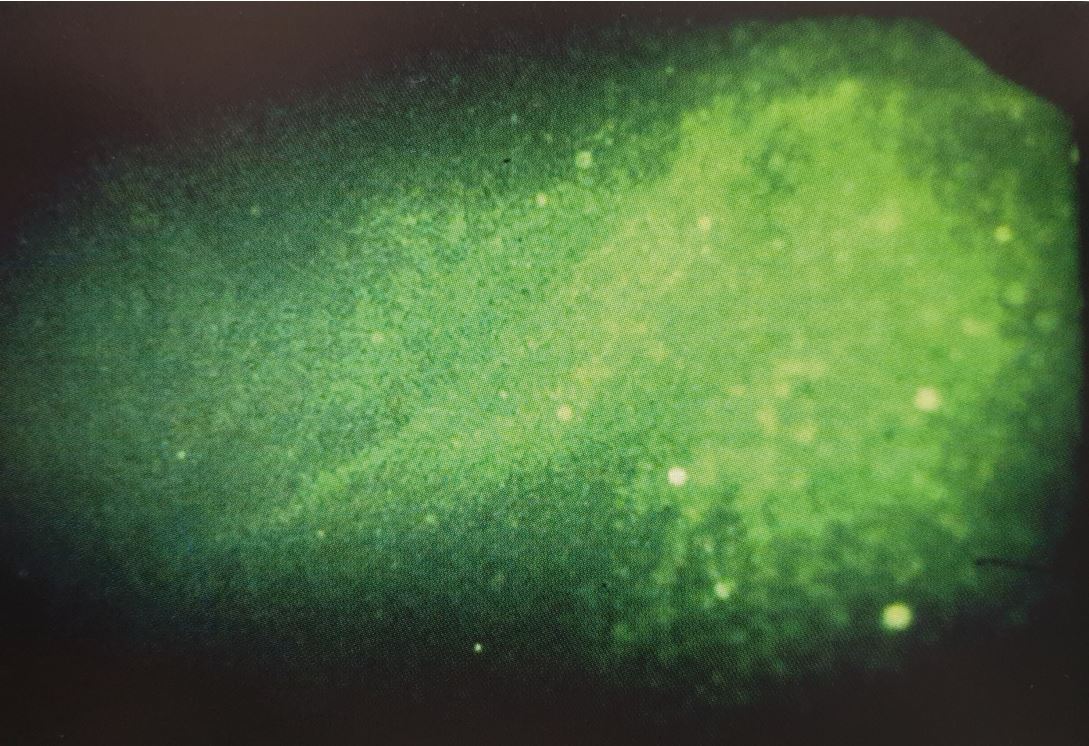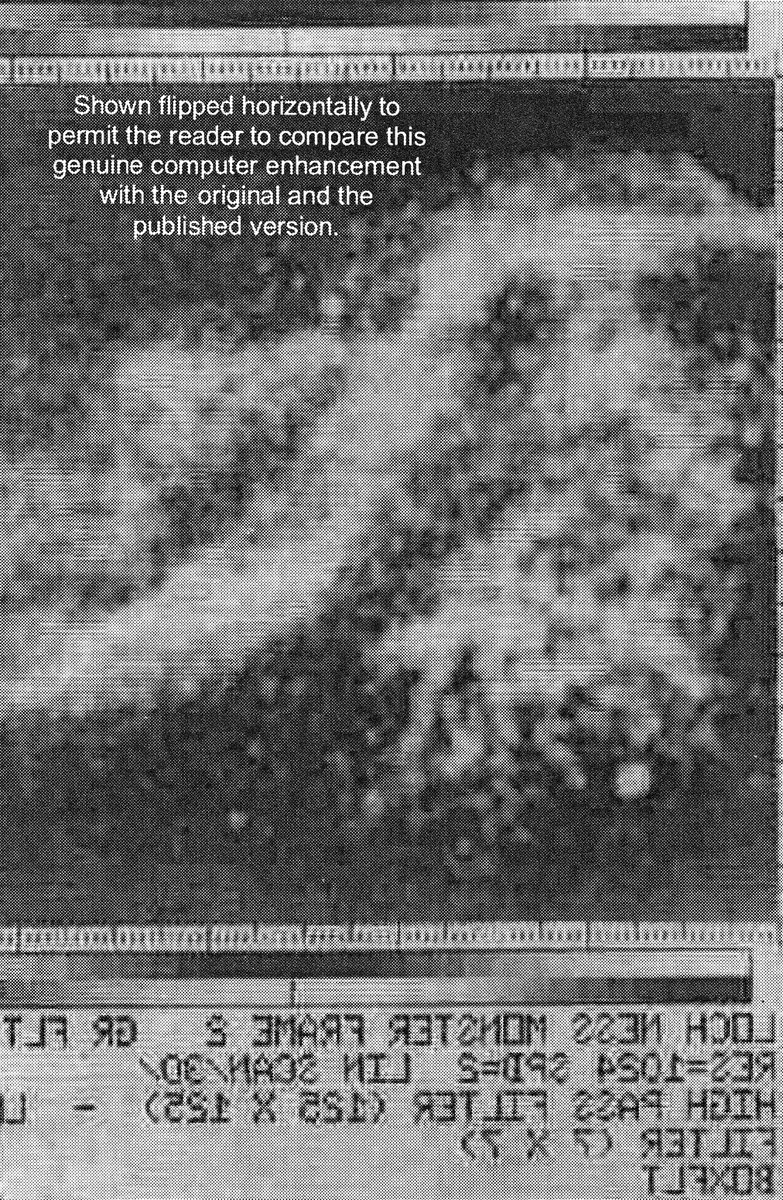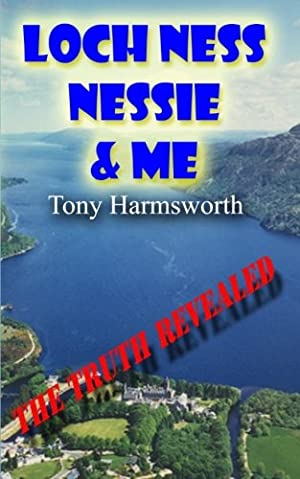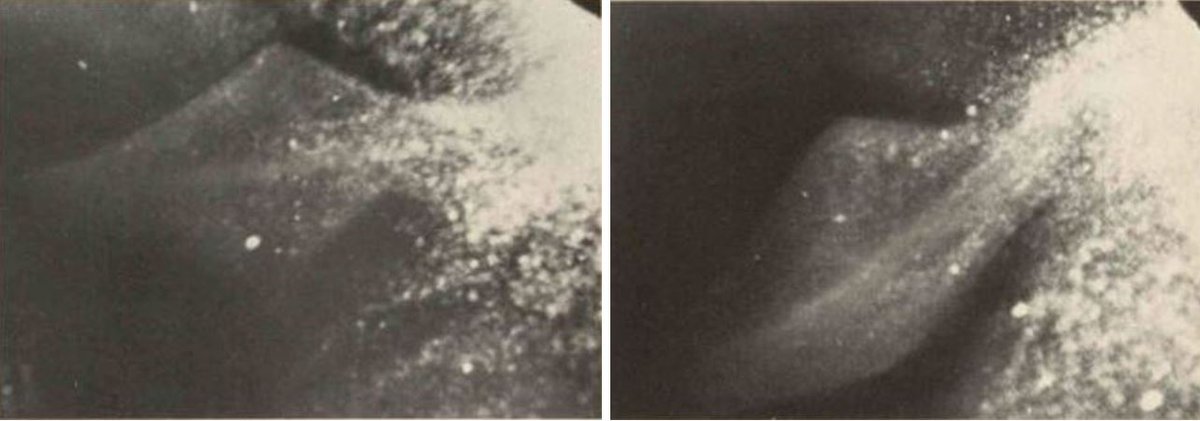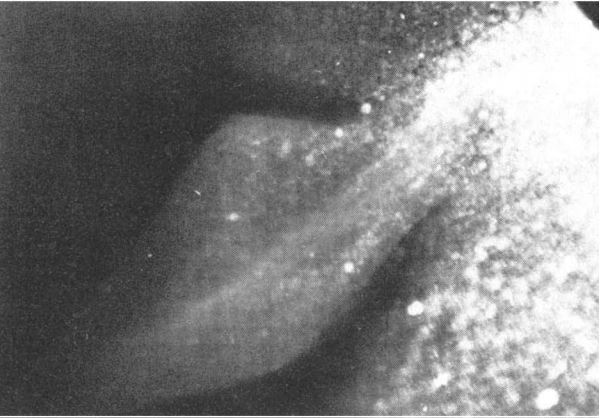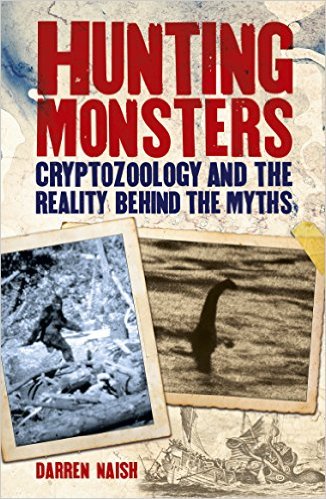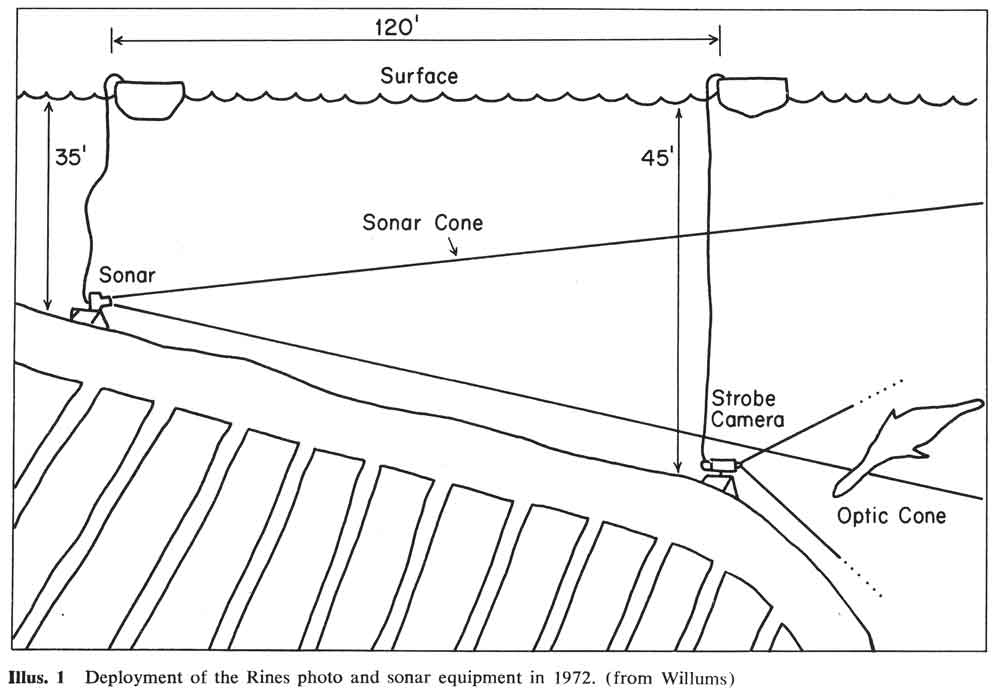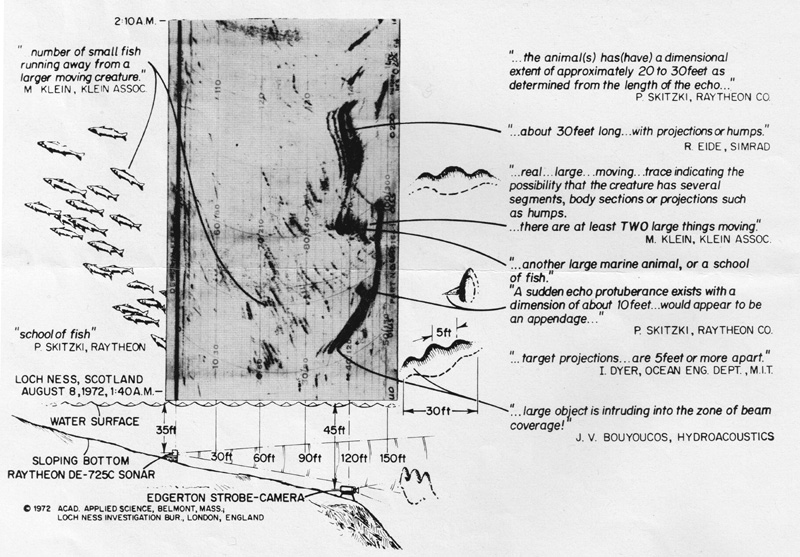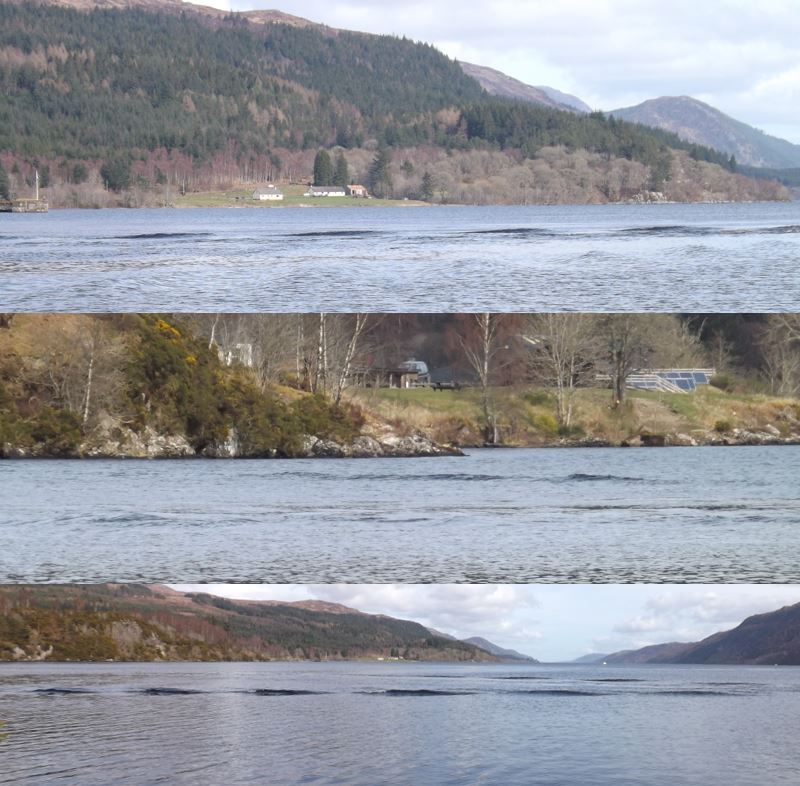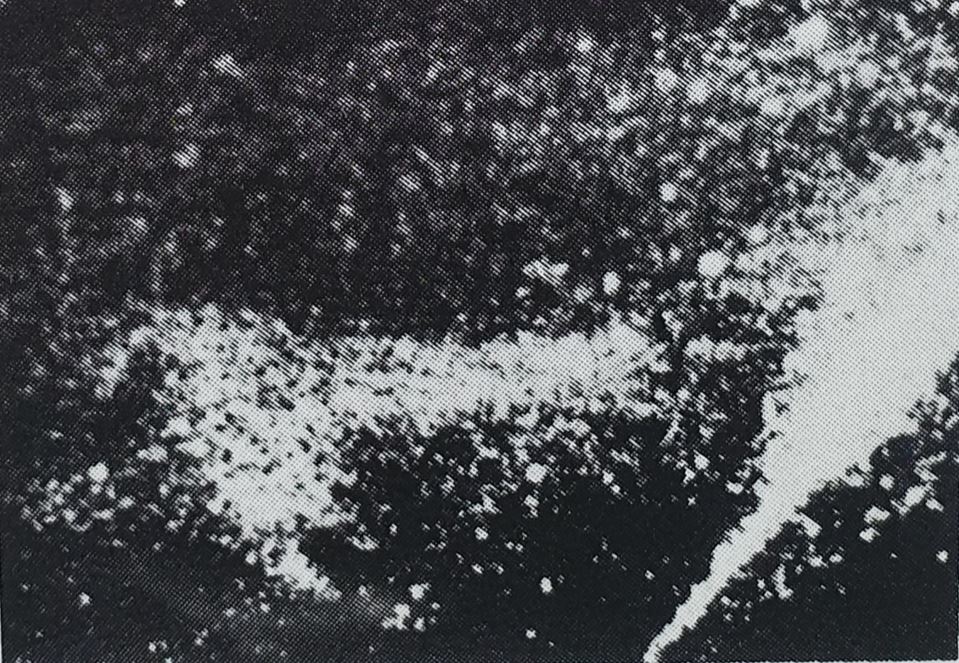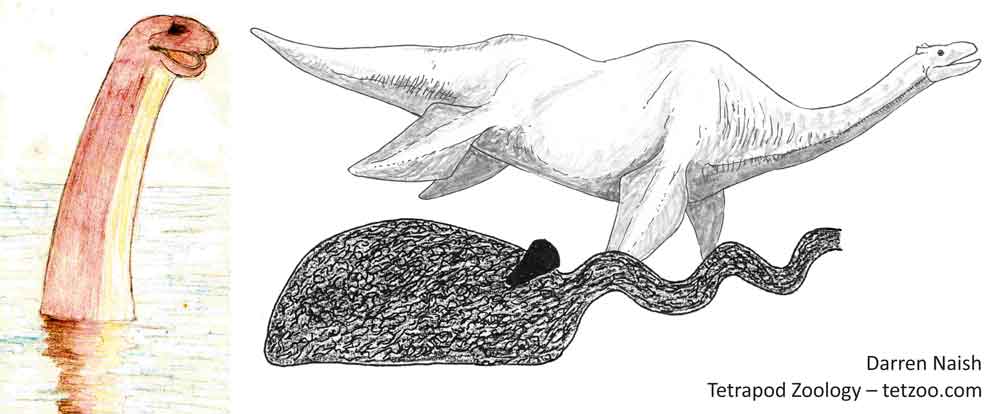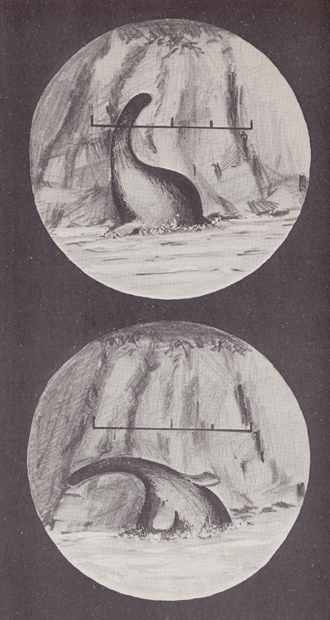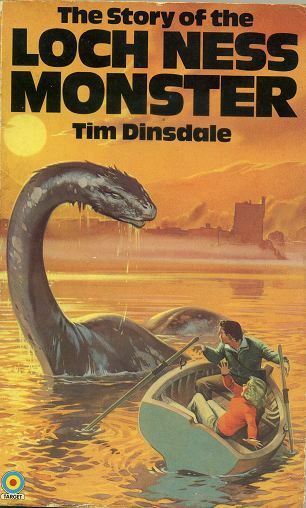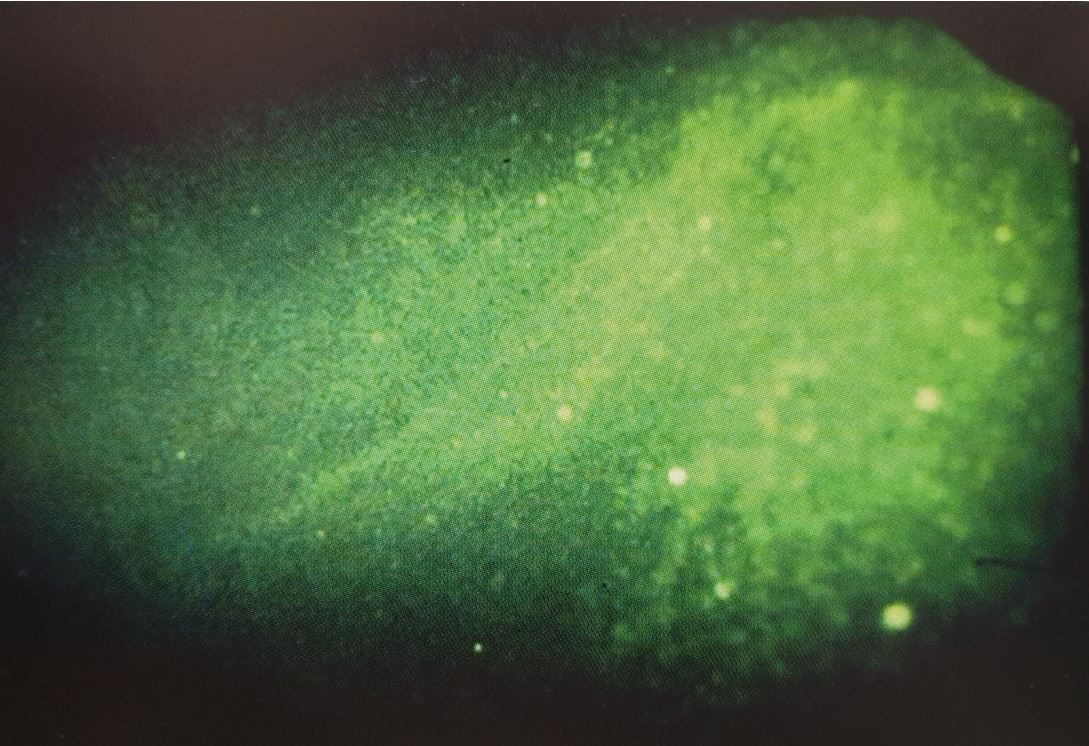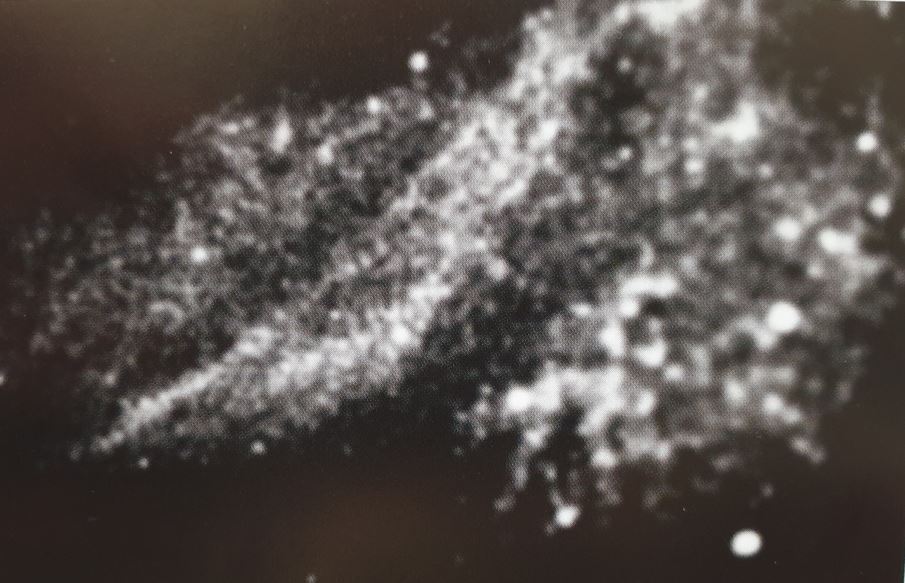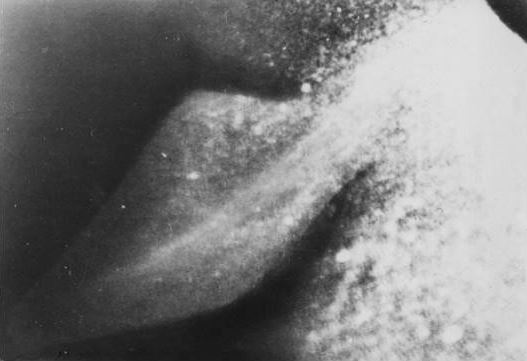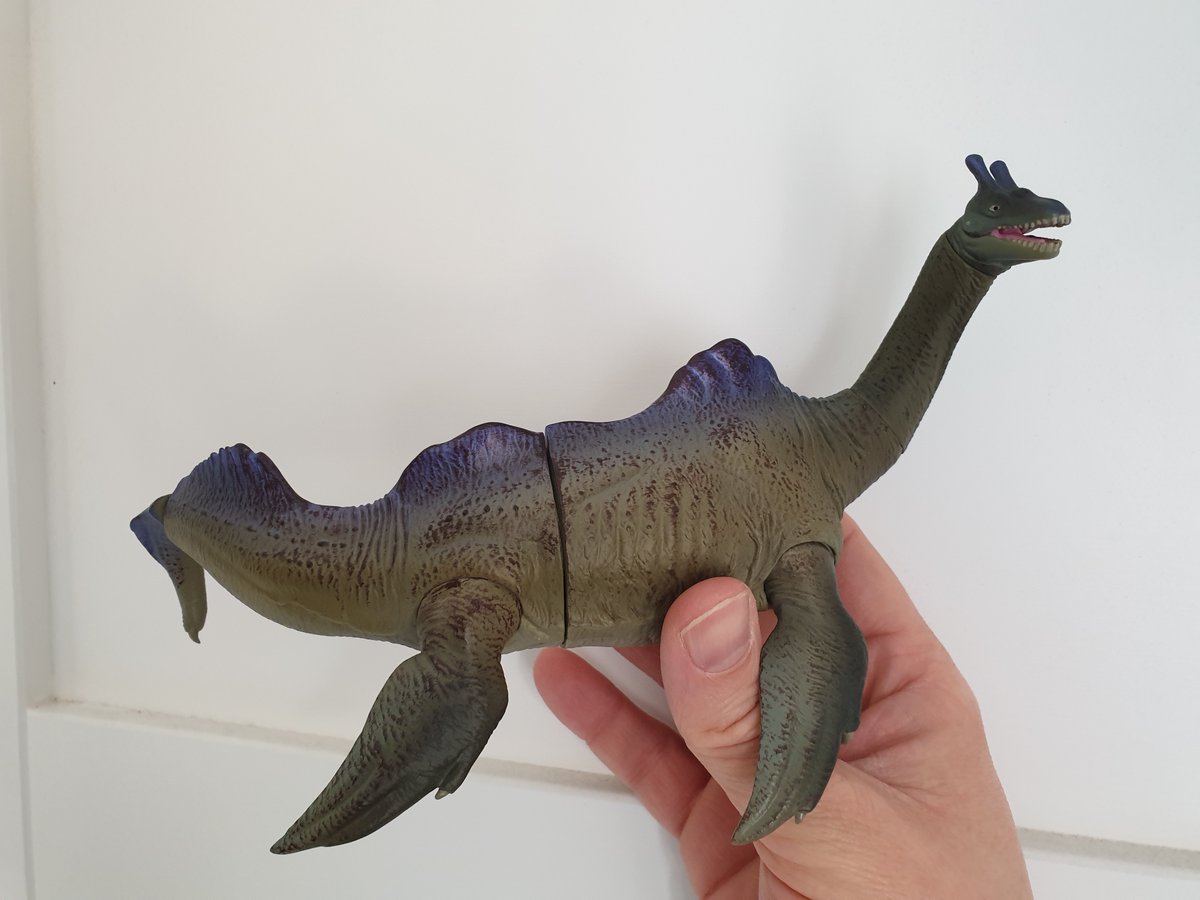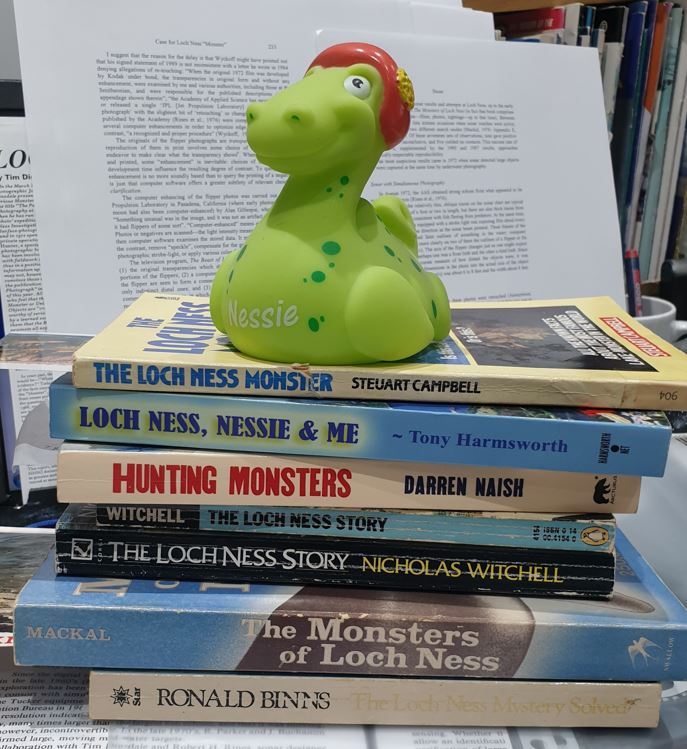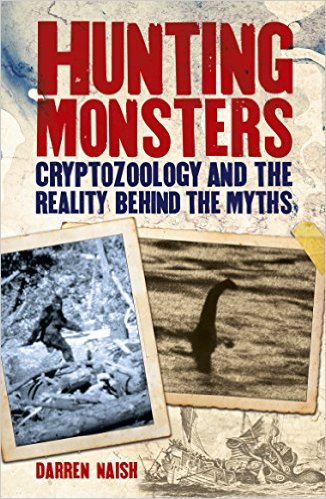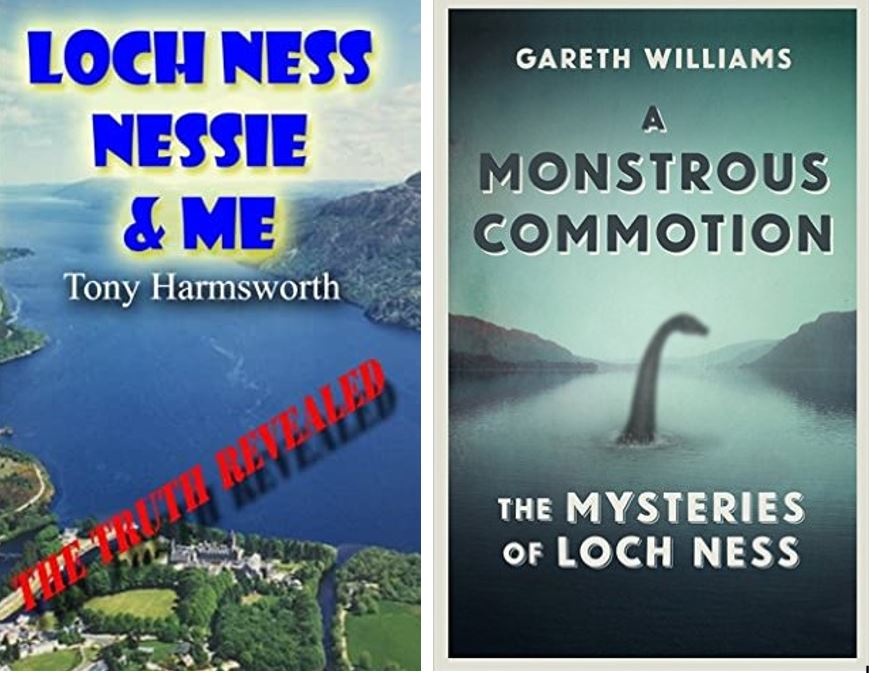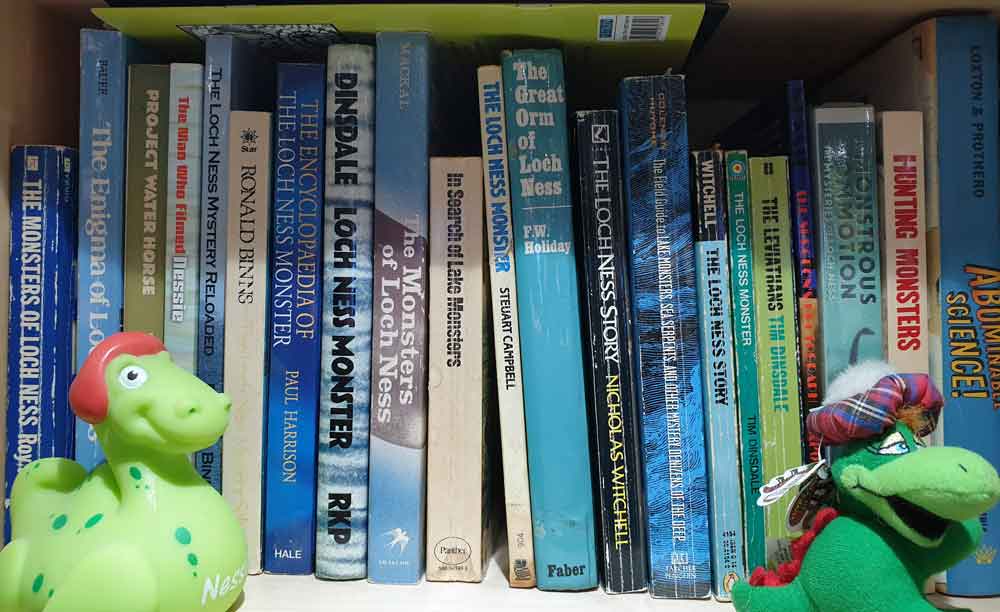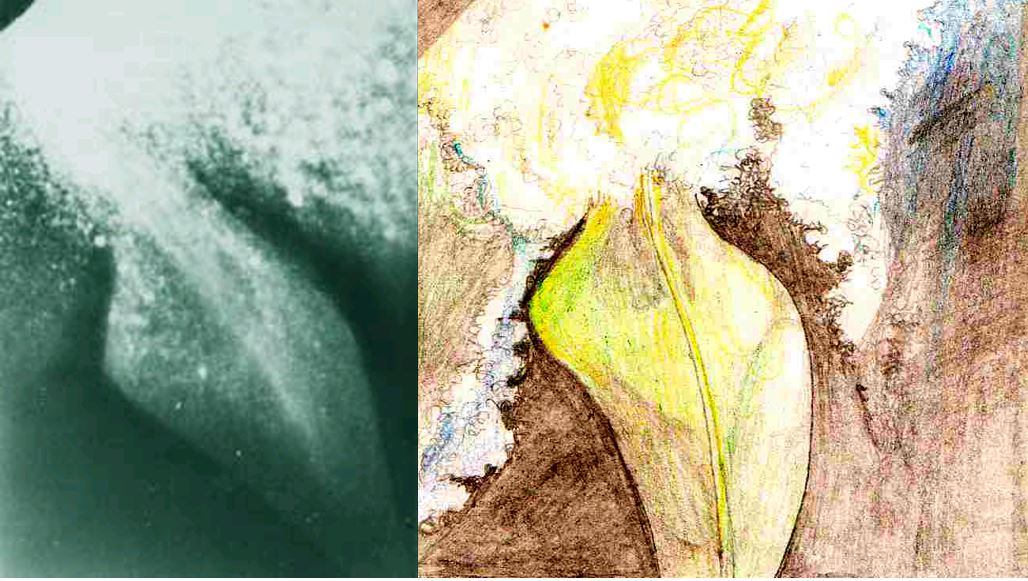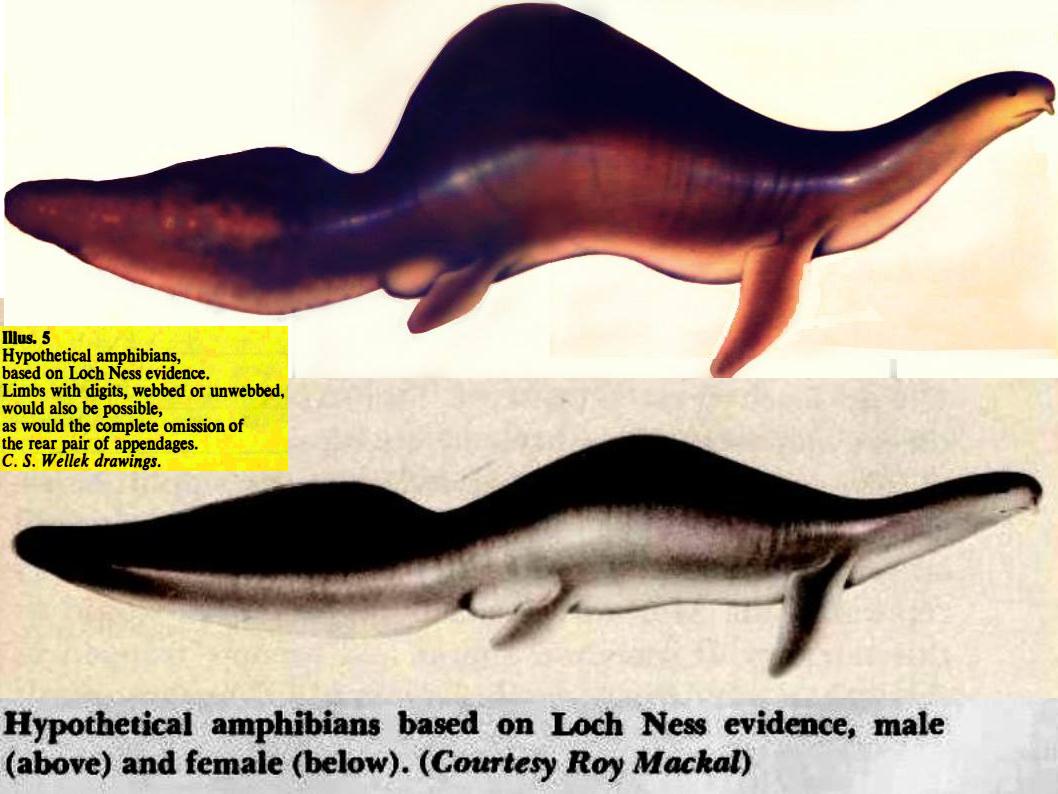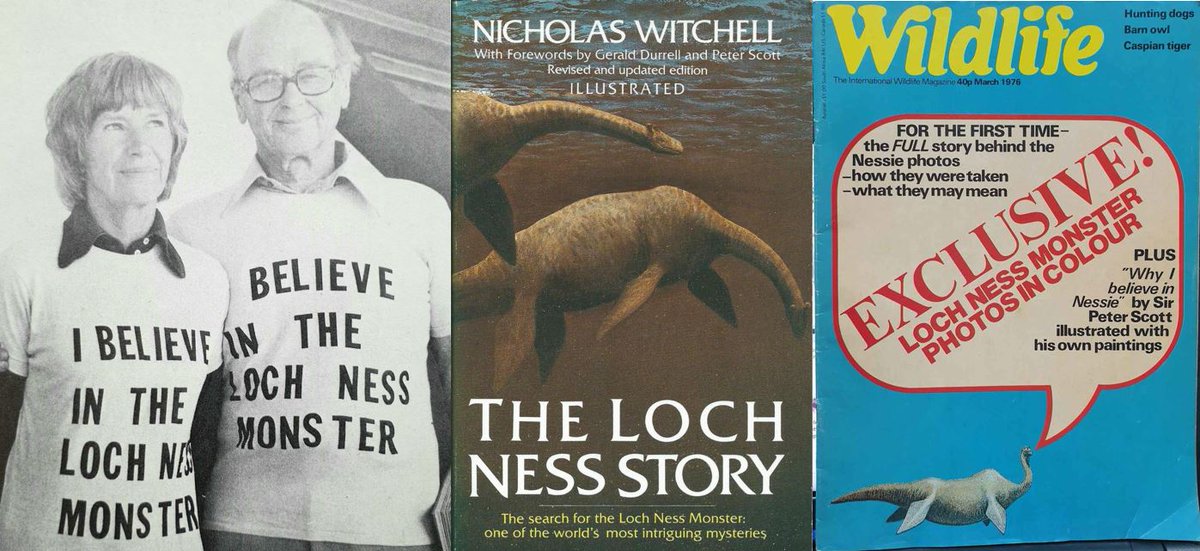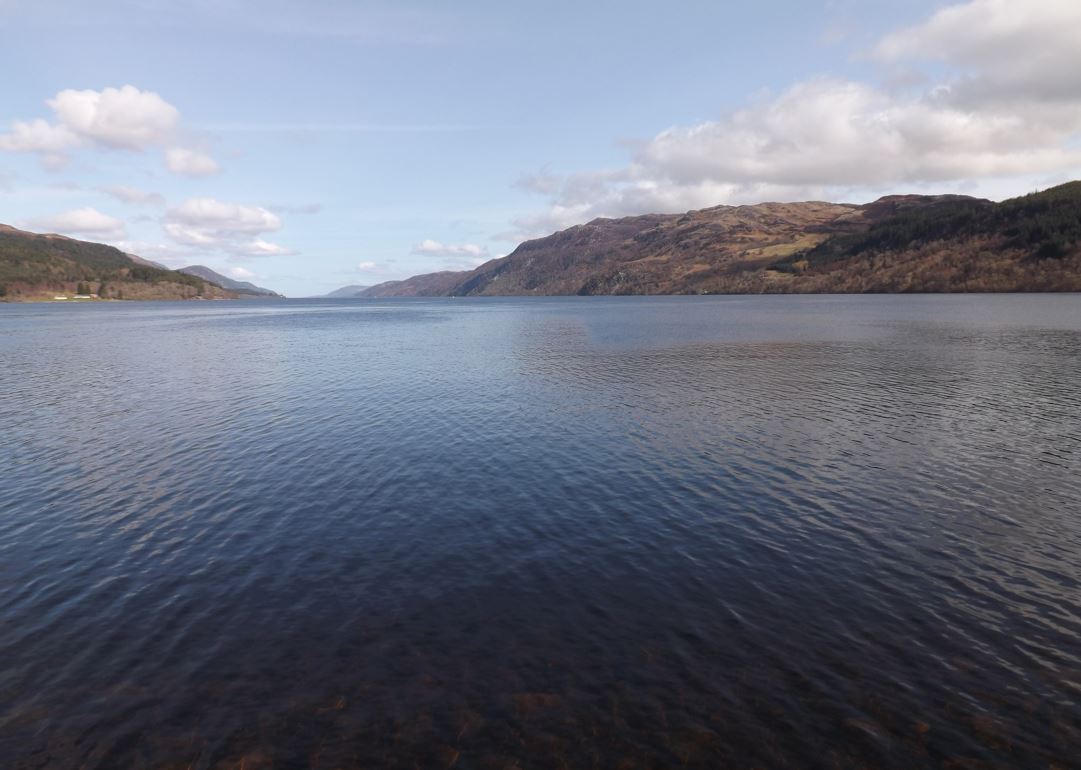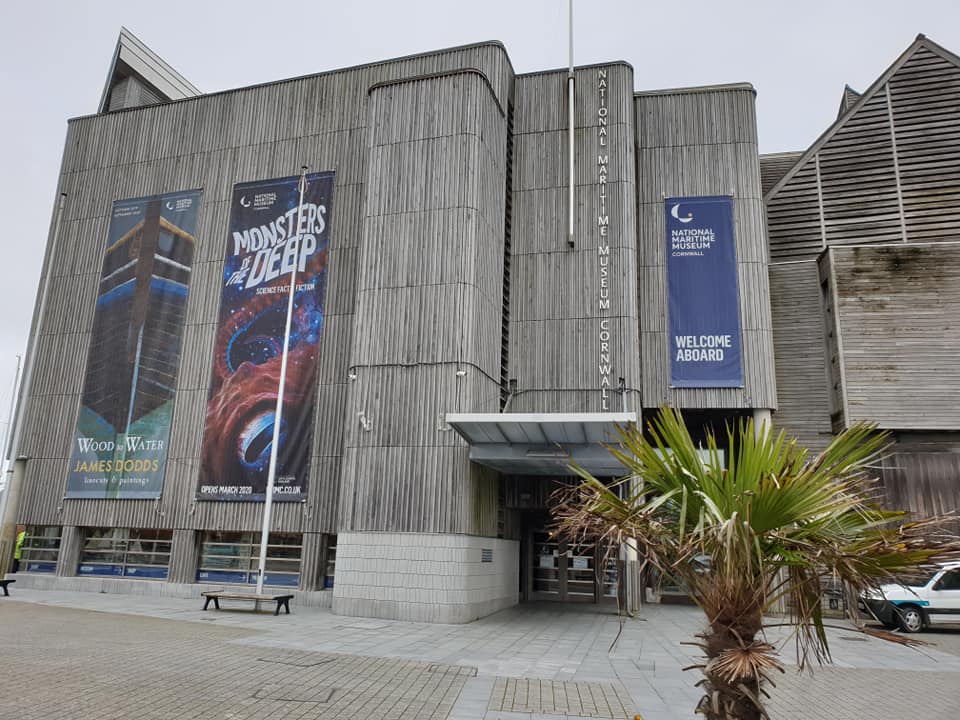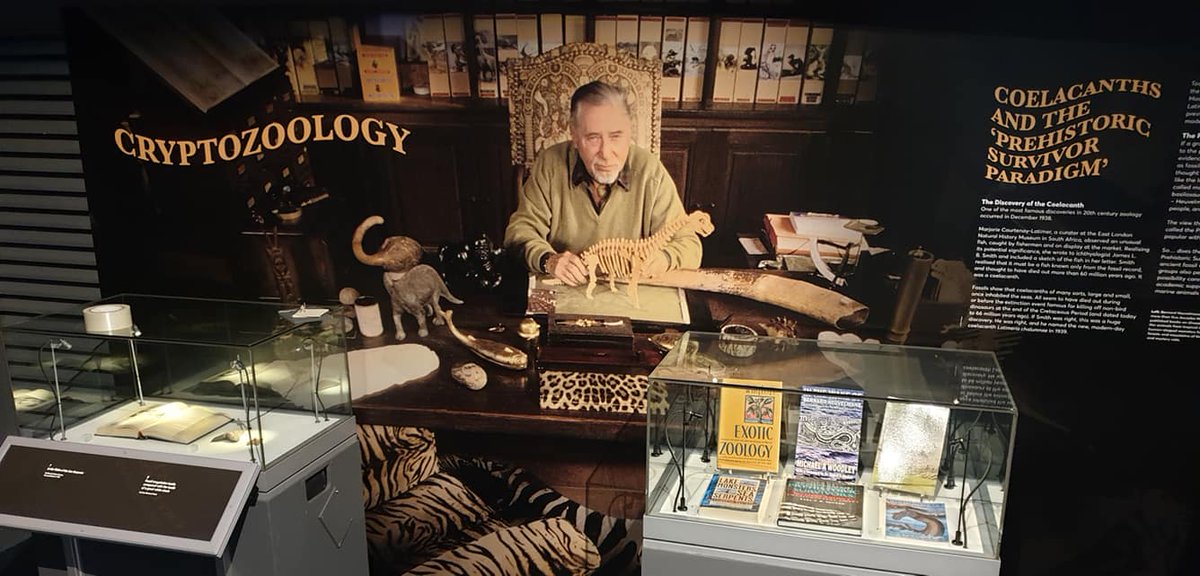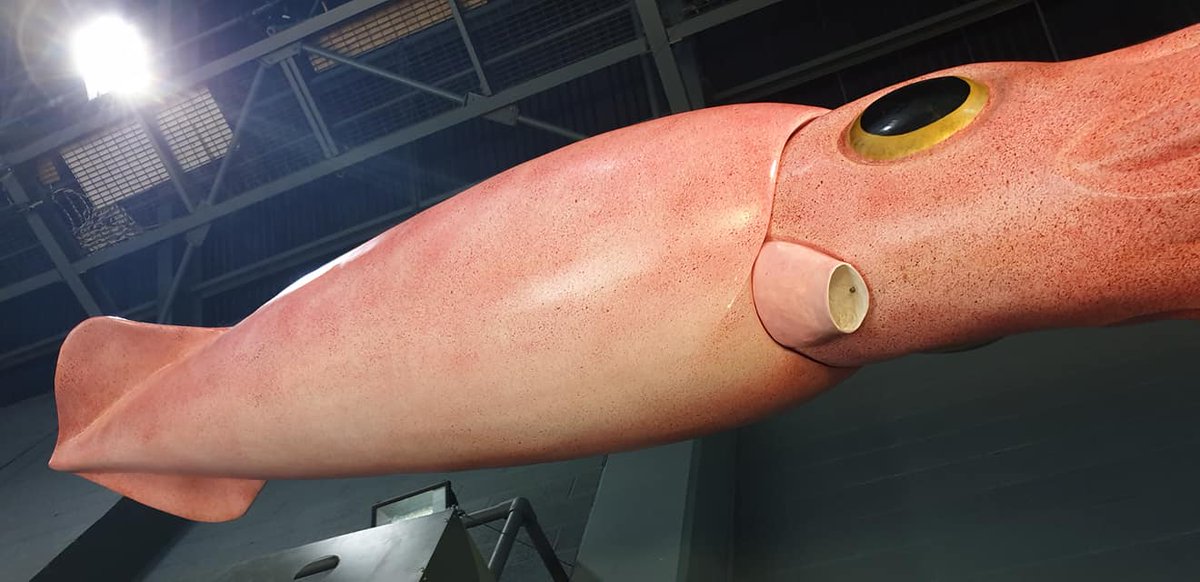It’s time for another of my monster-themed mega-threads, wherein we examine the backstory to photos (or other bits of evidence) said to be evidence for a given #monster. This time, we’re going to look at the so-called #LochNessMonster FLIPPER PHOTOS of 1972. Here we go…
During the late 1960s/early 70s it was believed by a large group of people – affiliated as the Loch Ness Phenomenon Investigation Bureau or LNIB (it went by other names over the years) – that camera-led vigils at #LochNess would lead to definitive proof of Nessie’s existence...
During the early 70s, the LNIB joined forces with another group: the US-based Academy of Applied Science (AAS), led by inventor and lawyer Robert Rines (whose name is very often wrongly written ‘Rhines’). Rines died in 2009. In the photo here, Rines is on the far left…
Rines became a little controversial later in the #LochNess story, since some investigators looked into his background and found that he didn’t have the scientific history or credentials he said or implied he did, nor had he followed a conventional scientific career....
I don’t, personally, think that this makes much difference to the work he was involved in, but it does seem that he was guilty of ‘credential mongering’.
Whatever, AAS brought in funds, hi-tech equipment and the promise of proper science, the story promoted in several #Nessie books being that ‘Big Science’ had arrived at Loch Ness at last. And thus now the finding of Nessie was but days away!
The story behind the adventures of the time is told in many books, the most detailed account being that in the late Roy Mackal’s 1976 The Monsters of Loch Ness. Some at LNIB thought that the joining of the AAS was great, others that...
.... this caused “a loss of control” and that “much of the scientific care … was cast aside” (to quote the LNIB’s Tony Harmsworth).
Working together with expert in high-speed strobe photography Prof Harold Edgerton of MIT (known since his days with Jacques Cousteau as ‘Papa Flash’), Rines and the LNIB equipped the vessel Narwhal with sonar equipment (a Raytheon DC 725 unit)...
.... and a second boat (Nan) with an underwater camera suspended in the water column…
The equipment involved a 16m time-lapse motion picture camera and a 50W strobe, each housed in a cylindrical case. The camera was rigged to take a photo every 45 seconds (Nessie champions Dinsdale and Witchell said 15 secs; Mackal said every 55 secs, but both seem to be wrong).
On the night of 7th/8th August 1972, the two boats were 36m apart, with the camera about 13m below the surface, pointed toward a deep valley and on or just above a submerged ridge.
At several points between 1.40 and 2.10 in the morning, Narwhal detected sonar targets, interpreted as big animals. The traces sketched out by the Raytheon’s three styluses (shown here, as released by the AAS and LNIB in 1972) were said....
.... to demonstrate the presence of these big animals, and show that they had dorsal humps and large projections on the body (like… limbs). We’ll come back to all of this stuff in a moment, it’s problematic.
2000 photographic frames were exposed across the relevant time, and such was their perceived importance that they were immediately rushed to the US and developed the next day by Eastman Kodak.
They were seemingly developed under strictly controlled conditions (this is known as being ‘developed under bond’, I think) which prevented any chance of fraud, confusion or their being accidentally mixed with other prints. And…
Three seemed to show objects. These photos were said to have been taken at the same time as sonar contact with the supposed objects was made, though it’s never been stated how this was established since the images weren’t time-stamped.
Thanks to commentary penned by #LochNessMonster investigator Nicholas Witchell (better known today as former BBC News Royal Family correspondent) in his 1974 book, we know a fair bit about events specific to that night.
Remember, the early 70s were a super optimistic time for #Nessie hunters. Witchell wrote about the high spirits. “I well remember the boat crews’ excitement early on the morning of 8 August when they came ashore with the sonar chart which showed the activity below them”…
There was then a wait “while the Academy [the AAS] went home to examine the film”, and a sense of excitement and accomplishment. “Surely, we thought, this would stir the scientific establishment”, Witchell continued.
Members of the team at AAS included photography expert Charles Wyckoff (of Applied Photo Sciences) and sonar designer Martin Klein (of Klein Associates), in addition to Rines and Edgerton.
Wyckoff – as photography expert – would have been responsible for part of the initial handling of the photographic prints.
A big part of the flipper story is that the images were subjected to some sort of digital enhancement at the Jet Propulsion Laboratory (JPL) in Pasadena. This was always described in vague terms and certainly has that Big Science allure about it. We’ll come back to it, too…
The photos came back and – eureka – they showed that Nan’s AAS camera had succeeded in photographing either two giant, diamond-shaped flippers (one in each of two photos), or the same flipper, captured at different angles in the two photos. We’ll come to the third photo later.
Because the flippers were interpreted as being in focus (note my choice of words), they were taken to be at least 1.2m from the camera, which meant that they had to be between 1.2 and 2m long, or between 2 and 2.4m long. HUGE.
The latter, surprisingly large size was favoured by Edgerton, JPL’s Alan Gillespie, and Nessie proponent Henry Bauer. However, Mackal noted that “even the small sizes of the suggested range … seem too large to me”.
The photos (and the accompanying sonar evidence) were published on November 1st 1972 and appeared in Time magazine and numerous other press outlets. I’d always thought that media interest was high, but Witchell has stated otherwise. Interest was low…
… perhaps because other #Nessie photos had been released just 48 hrs earlier by Frank Searle, an infamous character in Nessie history, linked with a series of often hilariously bad hoaxes.
This wasn’t a coincidence. Searle _knew_ that the AAS/LNIB team would be releasing its results and deliberately timed his announcement to scupper them.
A meeting held at the British Museum (Natural History) (today the Natural History Museum), attended by Rines and Dinsdale, included announcement that the photos were definitely genuine (we’ll come back to this) but that the objects within couldn’t be identified precisely…
George Zug at the Smithsonian said that the photos showed a “flipper-like appendage protruding from the side of a robust body”; Henry Lyman (Vice Chairman of the New England Aquarium in Boston) noted that the flippers didn’t look mammalian and seemed to be something new...
Peter Scott (not yet a Sir, his knighthood came in 1973) – a #Nessie believer, brought into the fold by Dinsdale – produced diagrams showing how the flipper photos conformed to the anatomy of the giant, post-Cretaceous, humped plesiosaur he and his friends now believed in.
Press interest might have been light, but the photos soon became a mainstay of published articles on the #LochNessMonster.
Indefatigable #Nessie proponent and researcher Tim Dinsdale published an article in The Photographic Journal of April 1973 and argued that the flipper photo (he only discussed one of them) should be termed the ‘Rines/Edgerton picture’ and awarded the greatest significance…
And the flipper photos proved integral to Scott and Rines’ case of 1975 – published in Nature, no less – that #Nessie was real, was a valid species which warranted conservation interest, and was deserving of a technical binomial name: Nessiteras rhombopteryx Scott & Rines, 1975.
Incidentally, the claim made by Gareth Williams in his 2015 book A Monstrous Commotion (reviewed here at #TetZoo: http://tetzoo.com/blog/2019/3/29/books-on-the-loch-ness-monster-2-gareth-williamss-a-monstrous-commotion) that the 1975 article was anonymous is incorrect...
... as is evident not just from the article itself but from the follow-up correspondence in Nature, published in 1976, on which read on…
This name means ‘the Ness monster with diamond-shaped fins’, so here’s evidence that Scott and Rines bigged up the flippers as real and as significant parts of the animal’s biology…
Incidentally, the beloved and oft-mentioned fact that Nessiteras rhombopteryx is an anagram of ‘Monster Hoax by Sir Peter S’ is a coincidence; Peter Scott had a long-standing serious interest in #Nessie, ‘believed’ in its existence, and was not in this for shits and giggles.
Rines later argued that the binomial was also an anagram of ‘Yes, both pix are monsters R’.
Scott and Rines didn’t necessarily have an easy ride with respect to their Nature article, since, in January 1976 Nature devoted a full two pages to correspondence on it. Scotsman and vole expert Gordon Corbet at the then British Museum (Natural History) basically argued that...
.... the entire endeavour was sloppy, unsatisfactory and that naming the beast was a terrible decision…
Scott (notably, without Rines) protested in his published response, arguing that sonar evidence backed up the veracity of the photos, and that a decision of “better safe than sorry” was the main motivator in publishing the binomial…
And in a second letter, penned by palaeontologist (and sometime plesiosaur worker) Beverly Halstead and Jennifer Middleton and ecologist Paul Goriup, the entire paper was again taken to task.
Halstead et al. objected to the implication that Nessiteras might be a plesiosaur, argued that plesiosaur limbs were utterly unlike the Nessiteras flipper (they published this comparative diagram)…
…. but proceeded with the bold and unusual claim that both the head and neck photographed in 1975 (I haven’t discussed those photos here, I’ll cover them on another occasion) and the flipper photos actually depicted parts of a submerged Viking ship!
Alas, this suggestion was pretty incredible, albeit (arguably) not as incredible as the claim that Nessiteras was real. In his response, Scott (again, no sign of contributing authorship from Rines) argued that Halstead et al.’s proclamations about plesiosaurs ignored...
.... all sort of complexities and possibilities that might have arisen during plesiosaur evolution, and also that his 1975 paper had never included the word plesiosaur anyway, ha ha…
Scott went on to dispute the Viking ship suggestion, his main counterpoint being that the photos were taken in mid-water, not at the bottom… something that wasn’t entirely true. But he was right that this was a pretty desperate suggestion.
Incidentally, this wasn’t the first time that Viking ships were linked with alleged lake (and sea) monster sightings (hence explaining the Viking ship prow we have on display at my Monsters of the Deep exhibition at @TheNMMC #Falmouth), but that’s an issue for another time.
Rines published another technical article on the flipper photos, this one co-authored with Wyckoff, Edgerton and Klein in Technology Review in March 1976. It describes the whole Loch Ness endeavour and includes numerous colour photos from the expeditions...
.... as well as a list of supportive quotes on the significance of the photos from a range of experts, including Zug, marine reptile expert Chris McGowan, palaeontologist A. W. (Fuzz) Crompton, London’s Peter Greenwood (an ichthyologist), dinosaur expert Alan Charig, and Scott…
Rather than being diamond-shaped and flat, the flippers were supposed to have a distinct structure: there was a thick central rib, a narrow leading anterior vane, and a much broader trailing posterior vane with a triangular prominence.
The flippers are surrounded by deep shadow except on what’s interpreted as the dorsal surface and have very narrow bases.
The differences between the two photos have been suggested to show that one’s a forelimb and the other a hindlimb, or that this is due to movement and hence differing angles of view.
The anatomical configuration of the flipper isn’t seen in any tetrapod, and here we come to the speculative zoology ( #SpecZoo alert!) part of this story. Scott and Rines (and Dinsdale and others too) thought (but never outright stated) that Nessie was a plesiosaur.
We know from excellent fossils (some of which have their soft tissue outlines preserved, I’ve studied them) that plesiosaur paddles were wing-shaped, not diamond-shaped, so a plesiosaurian Nessie would have to have undergone a lot of evolution relative to its fossil ancestors.
Palaeontologists John Martin and Mike A. Taylor had fun with this idea in their 1990 book on #plesiosaurs…
Biochemist Roy Mackal, a cryptozoologist and Loch Ness investigator, compared the flippers with those of a range of animals living and extinct and concluded that anything was possible: the Ness flippers didn’t have a special similarity with any one group in particular. But…
Mackal was especially fond of the idea that Nessie was a gigantic embolomere. Embolomeres are a group of long-tailed, mostly aquatic early tetrapods that supposedly died out in the Permian, around 280 million years ago (here’s one I reconstructed for my in-prep #TetZooBigBook).
Mackal’s Loch Ness embolomere was a totally novel speculative animal, shaped something like a gargantuan newt but with flippers. C. S. Wellek brought this animal to life for Mackal’s book, and you can see that it has diamond-shaped flippers as per the 1972 photos. #SpecZoo
Mackal also included a wholly speculative diagram in his book depicting how a fossil embolomere forelimb might correspond to either of the 1972 photos if only we give it imaginative fin rays (err, like those present in fish and not in embolomeres or other tetrapods, but ok).
Another zoological take on the flipper photos is that the flippers just don’t look like efficient organs of propulsion at all, since flippers mostly have a stiffened leading edge, not a (seemingly) floppy leading edge…
In a 1984 article, #LochNess expert and author Adrian Shine (shown here!) suggested that the form of the flipper indicates that it might fold “on the forward stroke and [stiffen] on the backward stroke, the mechanism for which is not apparent”.
He alternatively suggested that it would have to be rotated to function in propulsion, but his main take was that it likely wasn’t the main organ of propulsion at all, and that the flipper’s owner was most likely a tail-based animal.
He further noted that the flippers most resemble the fins of fish: in his view, the closest similarity was with lungfish fins, in particular those of the Australian Neoceratodus. This is why his article was titled ‘A very strange fish?’.
OK, so far we’ve looked at interpretations of the photos which assume them to be the parts (the flippers or fins) of animals. But… the thing is.. this whole idea is bogus. The images don’t show flippers (or fins) at all.
Curious about the ‘computer enhancement’ used on the photos, a few researchers asked for, and obtained, the original (non-enhanced) versions. Let’s just say that they don’t look at all compelling. They show a greenish/greyish blurry mess, with little obvious detail...
Here’s one of the originals, as (in b&w) obtained and published by Steuart Campbell in 1986, and (in colour) by Dick Raynor…
There’s a vague pale line in the originals, and an even vaguer series of lines (forming a rough rhomboid) around it. It seems most likely that we’re looking at the mud on the floor on the loch, marked with impressions made by a human-made object. #LochNess #Nessie
At JPL in August 1972, the images were scanned and digitised. Seemingly, a computer programme worked out which pixels were deserving of enhancement. The results were the clear, clean, diamond-shaped images you’ve seen elsewhere in this thread.
The work was done by Alan Gillespie, a grad student in geology who worked as a junior engineer at JPL.
But it has since transpired (the story is told in most detail in Campbell’s 1986 book and Harmsworth’s of 2010) that the images which Gillespie produced are NOT the famous diamond-flipper images at all…
As shown in Harmsworth’s book (and in Williams’ too), the actual enhancements don’t show diamond-shaped flippers at all, but messier, vaguer, coarsely grained masses, lacking sharp edges. Look... ugh!
Gillespie was asked for his take on events and confirmed that the clean-edged diamond-flippered images were nothing to do with him!
In 1984, both Discover and Skeptical Inquirer ran pieces saying that the clean-edged images had been retouched (not simply enhanced) and…
…. in a 2001 TV show, Adrian Shine revealed that the clean edges of the clean-edged versions were not present in the originals: they’d been added, and seemingly by human hands, not computer enhancement.
This retouching wasn’t done with an airbrush or anything especially fancy, but with a paintbrush, since the brush marks are visible on the photos! (this confirmed by Tony Harmsworth in 2010). Who was responsible for this?
Wyckoff (who, you’ll recall, was responsible for the initial handling of the prints in 1972) was asked for his version of events too, and in 1984 correspondence published in Discover denied that AAS ever released ‘retouched’ versions, his argument being that...
.... the sharp-edged look resulted from the fact that the images were composites which had been constructed by overlying different computer-enhanced versions (differing in sharpness and contrast).
This doesn’t sound at all consistent with what Gillespie said, nor with the appearance of the enhanced version we saw a moment ago.
An interesting point made by Dick Raynor is that none of these ‘computer enhanced’ images (even the ones which Gillespie confirmed as those he worked on) exhibit any pixelation, as they really should for ‘computer enhanced’ images from 1972.
Other #LochNess images which underwent digital manipulation (like Dinsdale's 1960 film) show obvious pixelation. Were they ‘computer enhanced’ at all? I don’t know, it’s weird.
One idea is that this modification was done by a journalist who borrowed at least one of the photos before returning it to Robert Rines. When asked, Rines couldn’t say when, or whether, this happened…
And it probably didn’t, since Rines sent #LochNess expert Dick Raynor a clean-edged (as in: retouched) version in October 1972: that is, _before_ any journalists had had access to it. The retouching had been done at AAS.
All of this was known by the mid-80s, yet the clean-edged version continued to be used, and promoted as original (albeit ‘computer enhanced’) all the way up to 2007 at least (when Rines used one of these images on the cover of his expedition literature).
What the photos most likely show is not just mud on the loch floor, but the mark made by the camera rig as it touched the bottom and disturbed the silt there.
I owe this explanation (I included it in my #HuntingMonsters book) to Dick Raynor, who described and illustrated it at his website (here: http://www.lochnessinvestigation.com/flipper.html )…
This brings us to a key issue in this saga. The whole reason for using sonar and a camera-strobe system at adjacent, closely spaced locations in the loch, simultaneously, was that both would be (a) fixed and (b) monitoring the same expanse of water at the same time…
The Raytheon sonar detector that was being used was actually designed to be directed downwards, but AAS had it rigged to point sideways, and the same was meant to be true for the camera-strobe system.
As shown in this diagram used by Roy Mackal, the idea was that an overlapping, fixed ‘sonar cone’ and fixed ‘strobe camera cone’ would record data from any approaching Nessies.
Alas, the data from the sonar detector shows that it and the camera were very much mobile, subject to wind and currents, and rocking in the water. This is demonstrated by technical details of the sonar chart: the side-lobe trace isn’t parallel to the transducer trace.
And we know this was true anyway because Dick Raynor – who was on the Narwhal throughout the relevant time period – confirms that it was. Nicholas Witchell quotes Narwhal’s skipper Peter Davies, who described....
.... the appearance of the sonar trace at around 1.45am, the fact that he rowed over to Nan to tell Rines and the others what was going on, then rowed back to Narwhal with Rines and others, just before a breeze “got up and Narwhal started to swing around”…
If the camera was mobile (as it was), sufficient movement could cause it to tilt down and occasionally photograph the nearby loch floor.
Here’s where we come back to the sonar readings. Recall earlier how the readings (the squiggles, wiggles and thick wavy lines drawn by the styluses) were thought to be evidence of big animals, travelling through the area at the same time as the photos were taken? Well…. nope!
The annotations on the 1972 sonar chart (shown earlier, but here it is again) show that the AAS/LNIB team interpreted the marks as showing the size and shape of objects presumed to be animals. But…
…. the vertical axis on the chart marks time, not distance! Those long, thick lines show that whatever was being picked up was being picked up for a given stretch of time, it does _not_ mean that a big object (least of all a moving one in the water column) was being detected.
Given that we know that the camera and sonar devices were both mobile, the sonar device should absolutely have detected echoes from the camera, both Narwhal and Nan, their mooring chains, and their attached buoys (it’s pronounced BOYS, USA).
And it’s probably these which the sonar was detecting, combined with wakes and waves on the surface (the parallel line effect present on part of the sonar sheet looks exactly like that caused by waves, boat wakes especially). These photos were all taken at #LochNess….
You may remember from waaaaay earlier in the thread the mention of a third photo in addition to the two flipper photos. This photo was taken “a few minutes later” (to quote Witchell) and said to show “two separate, hazy images”.
The official take is that these two images couldn’t be identified, but the suspicion (and implication) was that this photo depicted two #monsters swimming in tandem, an observation corresponding (supposedly) to what look like two contacts on the sonar trace. But…
… as you can see from the photo itself, it’s more nonsense. There’s no reason at all to think that animals are involved, there’s no way of linking this image with the sonar trace (since we don’t know when during the night the photo was taken)...
..... and – as we’ve just seen – there’s no reason to think that the sonar trace shows animals.
The history of #LochNessMonster research involves a vast quantity of wishful thinking and over-keen desperation, much of it driven by people who already believe in the monster, and want others to be convinced and converted to the cause too. #cryptozoology #monsters #LochNess
This is what happened here. The whole ‘Nessie Flipper’ saga is often described or characterised as ‘a hoax’. But that’s not really what it was. For starters, the key players here honestly believed that Nessie was real (which is a faulty and naïve starting point, but ok)…
When they got those sonar and photographic records in August 1972, I believe that they honestly thought they’d gathered valuable and compelling evidence.
Add in some ‘eye of faith’, a fair bit of desperation that surely _some_ good must come of all this time, equipment, money and people-power, and those concerned managed to convince themselves that they’d succeeded in recording images of flippers in the two relevant photos…
Photographic enhancement seemed to boost this conclusion, but the visuals still weren’t impressive enough for those already critical or dismissive of the Loch Ness Monster, so the best course of action (as determined by an unknown perpetrator or perpetrators) was....
.... to enhance the ‘flippers’ physically, on the printed photos. Again, I don’t think this was done maliciously or to fool anyone but, rather, to _convince them_, the thinking being “now YOU can see the flippers too, right?”. #LochNess
The confidence that Rines and his colleagues had in the reality of the flippers is in part demonstrated by the fact that, in 1979, they had some students at MIT construct a life-sized model of one of the flippers for Tony Harmsworth’s Loch Ness exhibition.
As recounted in his book, Harmsworth collected this in person, hand-carrying it via taxis and so on after collecting it in Boston… but it became lost during transit, since he had to swap planes several times due to severe storm conditions over Europe.
The model flipper – more than 2 metres long and green – is still of unknown whereabouts and it would be fantastic to know what happened to it…
The paradigm shift sought by the LNIB and AAS – that Nessiteras is real, and that evidence for this contention had been obtained in 1972 (and in 75, when more underwater photos were claimed) – never happened.
This is because belief in the monster waned, the key players died, gave up, or became sceptical, and the evidence, such as it was, was never at all convincing to those with doubts.
Nevertheless, I often imagine how exciting it must have been to be involved in this saga during the early 70s; to believe that proof really had been obtained, and I wonder what it was like to be on either of those boats, surrounded by the blackness of the loch and the night...
.... and to think that an immense aquatic animal, 10 metres long or more (looking like the attached toy in my collection), was swimming some short distance below…. If only it were so. But it wasn’t....
As always, this thread was compiled following the consultation of NUMEROUS published sources. Buy books and read them, they’re crucial to this sort of thing (even today, information online is rarely comprehensive enough)...
In particular I used Witchell’s The Loch Ness Story (of which I own several editions), Tony Harmsworth’s Loch Ness, Nessie and Me, Steuart Campbell’s especially good The Loch Ness Monster: the Evidence, my own #HuntingMonsters of 2017, and several others... #books
I’ve now written quite a few of these monster-themed megathreads on Twitter, I eventually plan to convert them into more compact text and publish them, either at my Tetrapod Zoology blog or in book form...
UPDATE: a modified, tidied version of this entire thread - with references, tidier pictures and so on - HAS now been published at #TetZoo, it's here .... http://tetzoo.com/blog/2020/8/17/loch-ness-monster-flipper-photos #cryptozoology #LochNess #monsters
FINALLY, here’s a reminder that a sea monster museum exhibit I co-curated has just opened at @TheNMMC #Falmouth. It’s not about #Nessie but you’ll like it if you’re at all interested in #monsters or #cryptozoology.
Typo upthread: 16m camera should of course be 16mm!

 Read on Twitter
Read on Twitter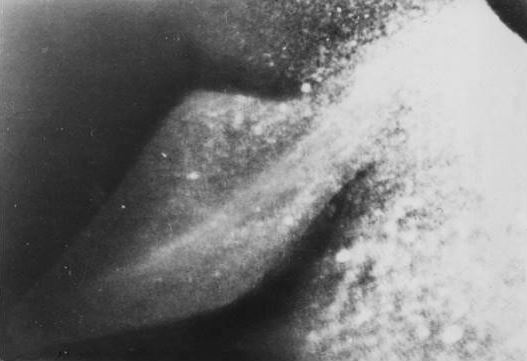
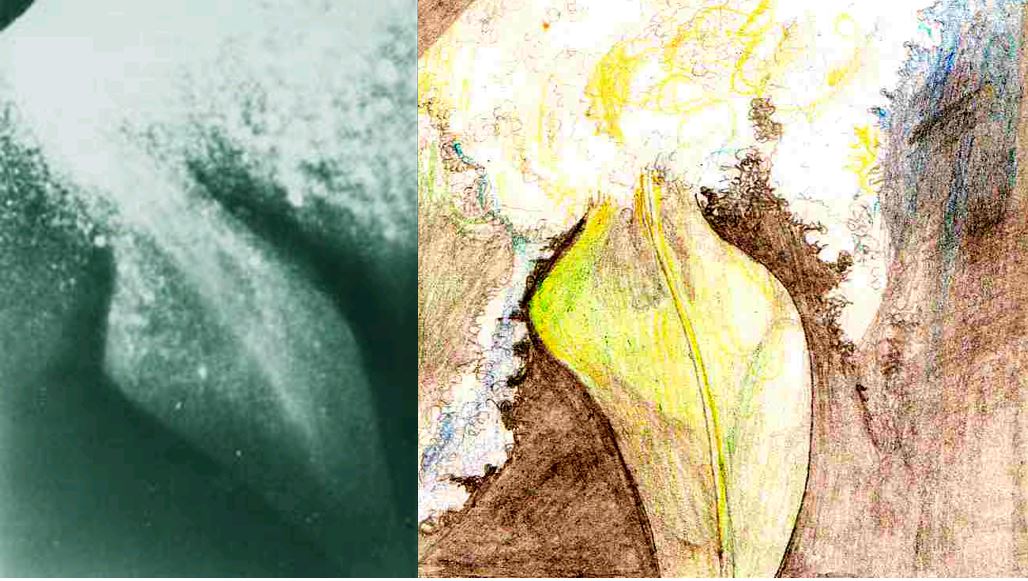
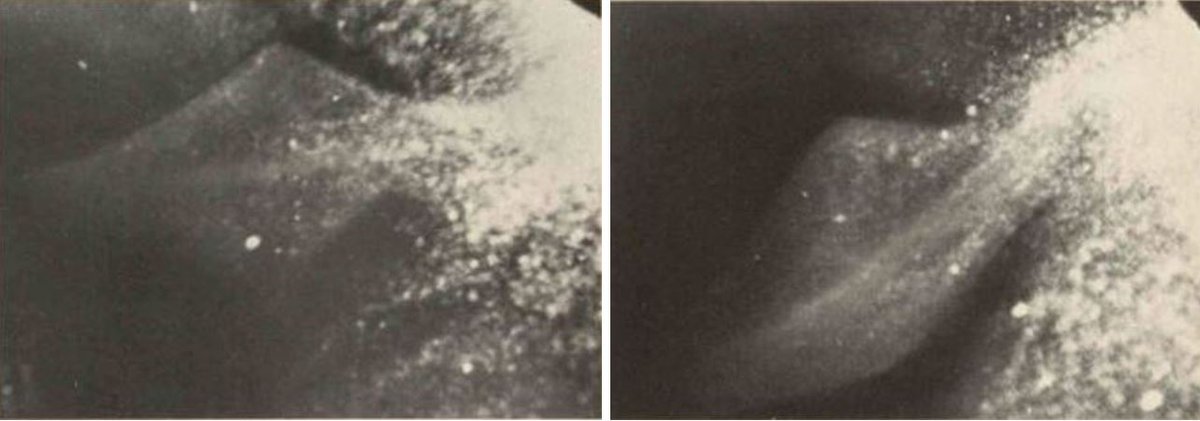

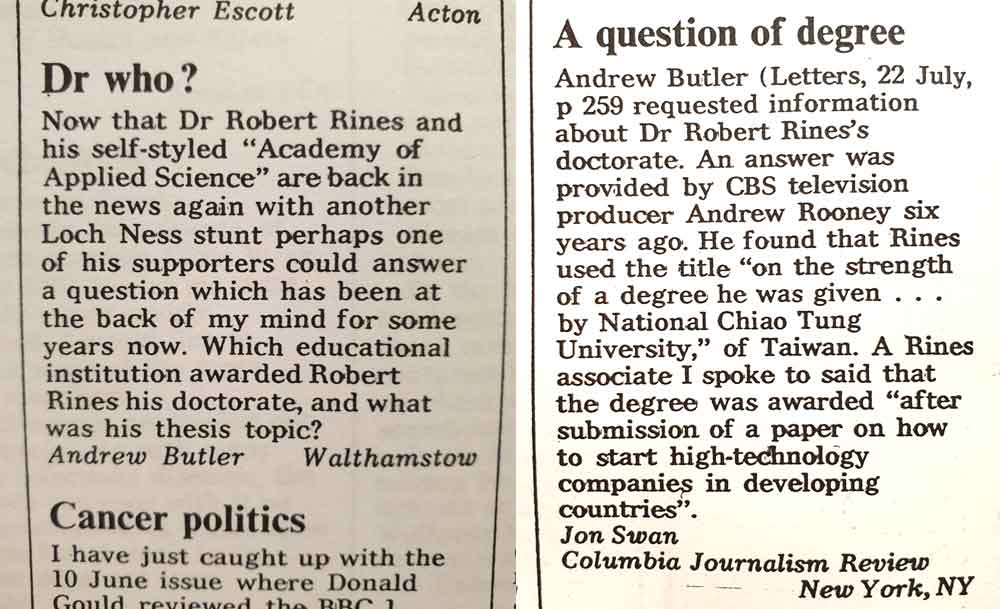

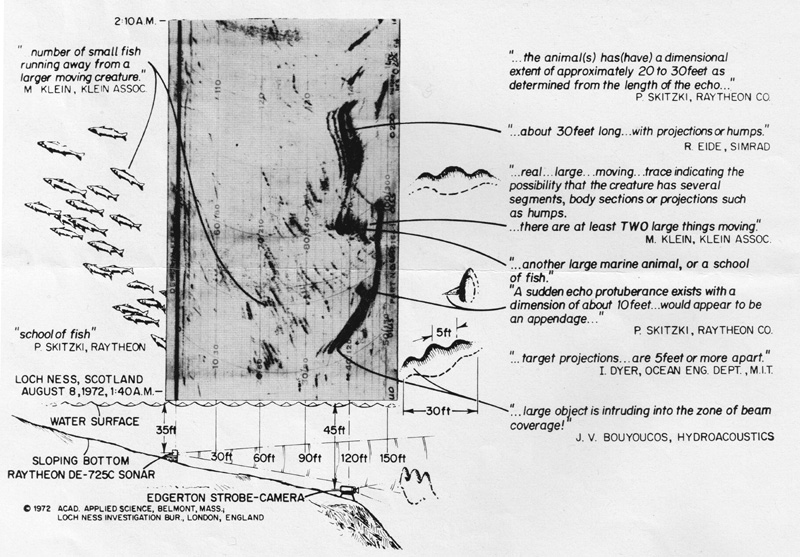
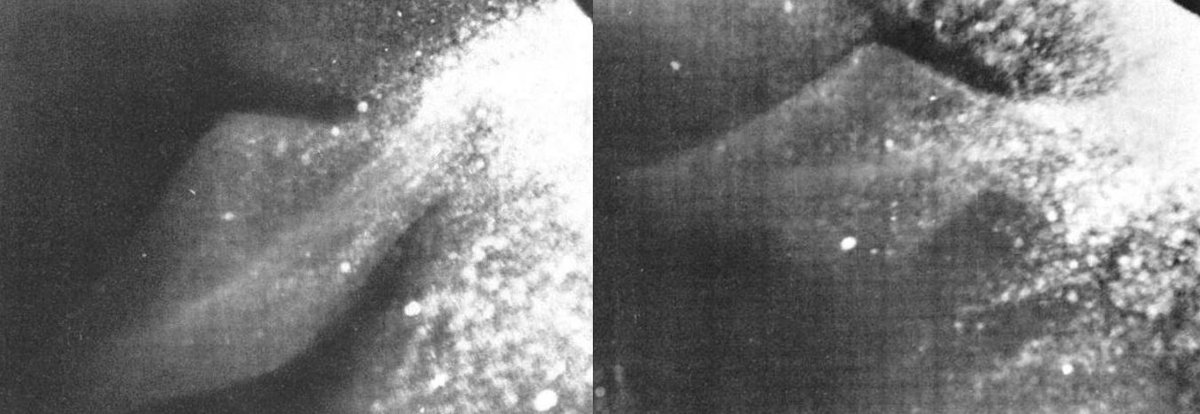
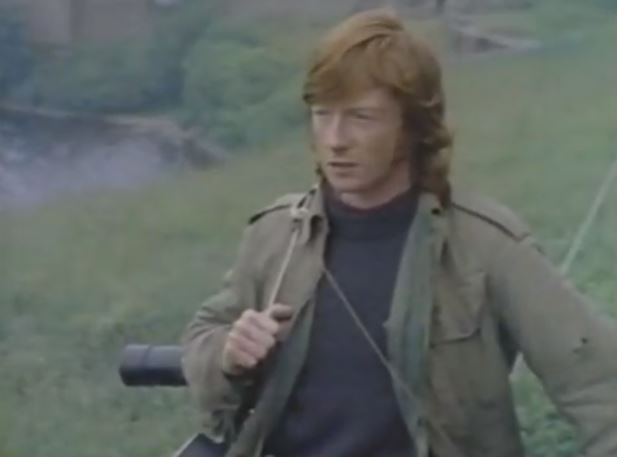
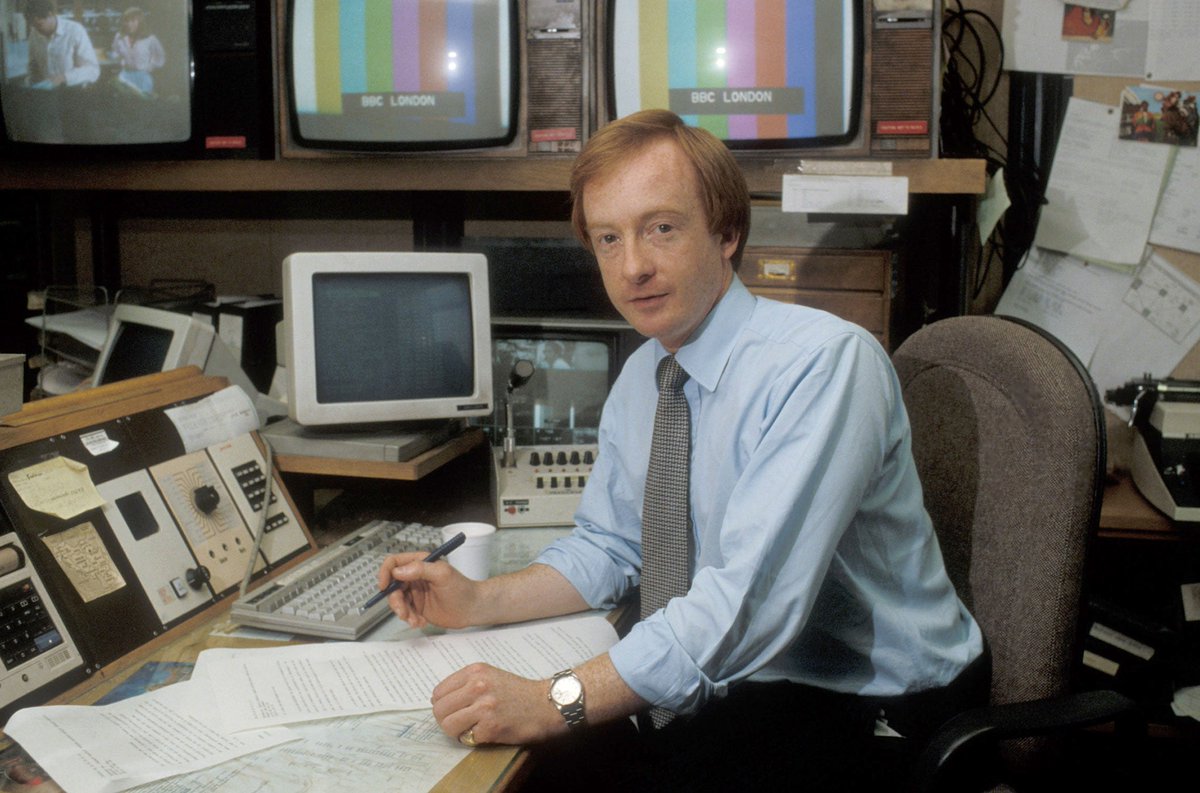
![There was then a wait “while the Academy [the AAS] went home to examine the film”, and a sense of excitement and accomplishment. “Surely, we thought, this would stir the scientific establishment”, Witchell continued. There was then a wait “while the Academy [the AAS] went home to examine the film”, and a sense of excitement and accomplishment. “Surely, we thought, this would stir the scientific establishment”, Witchell continued.](https://pbs.twimg.com/media/Efu76rSWoAIy19L.jpg)


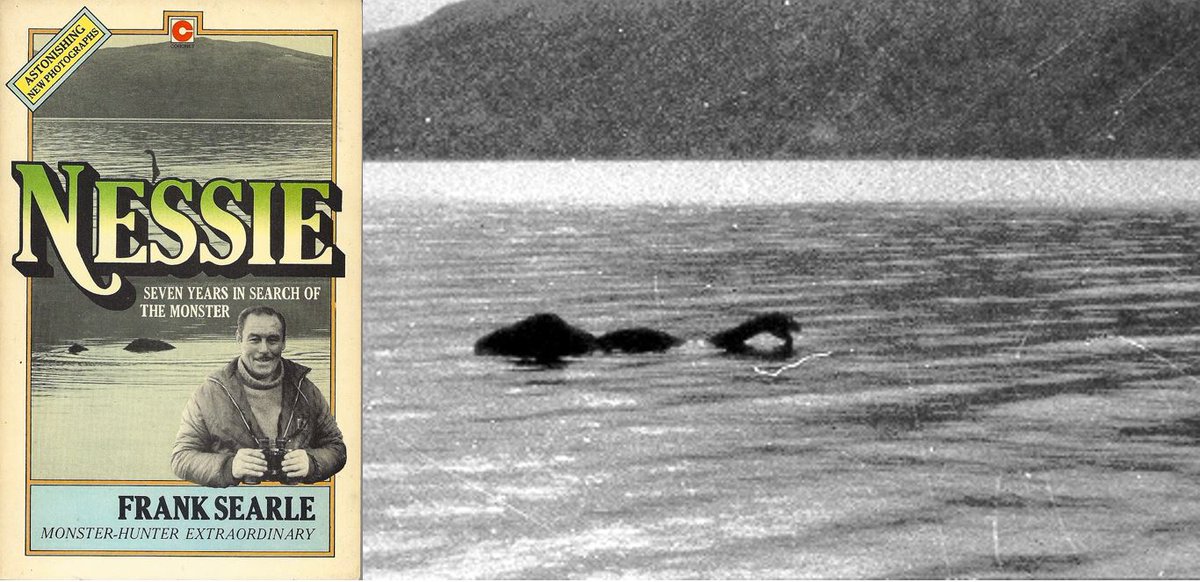
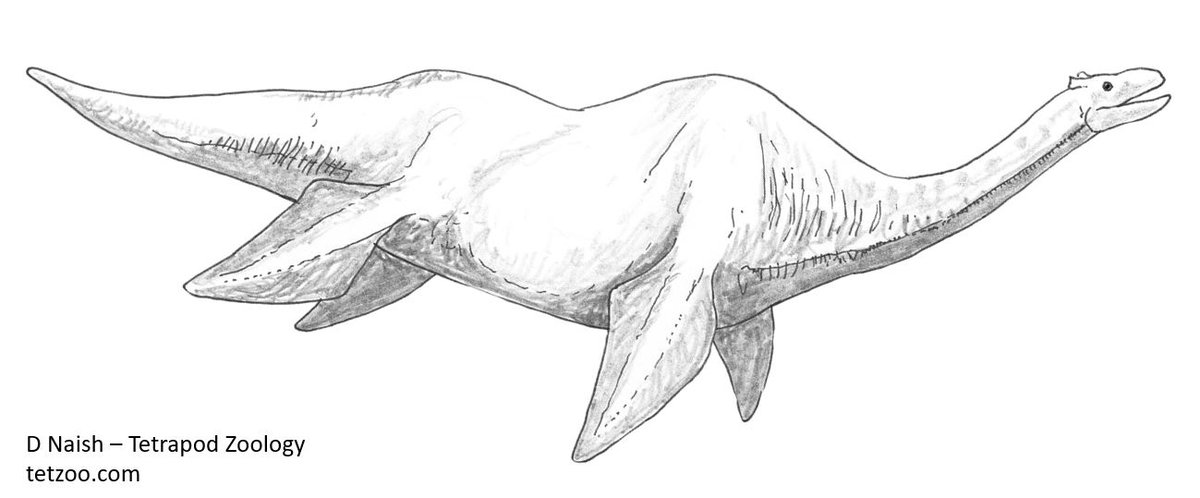
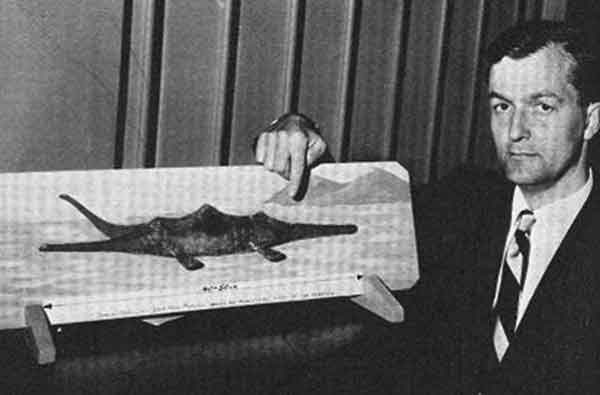
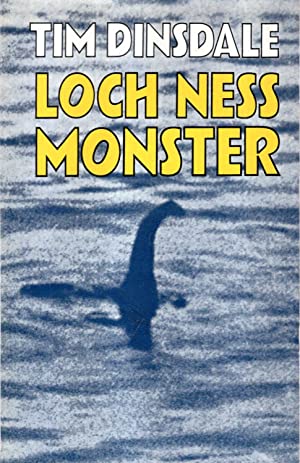
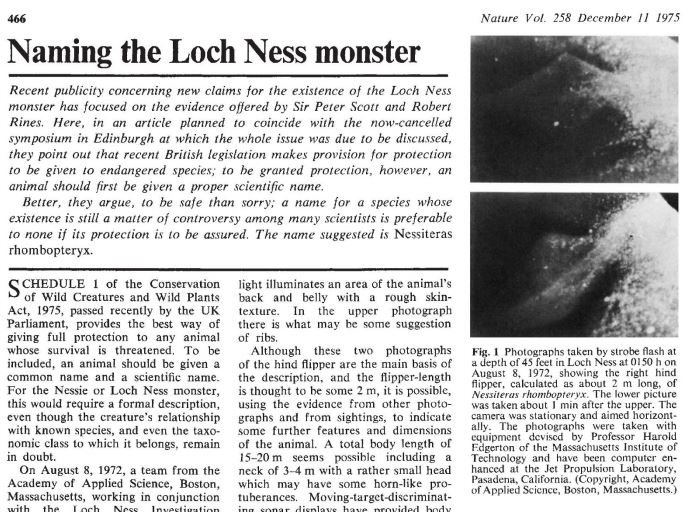
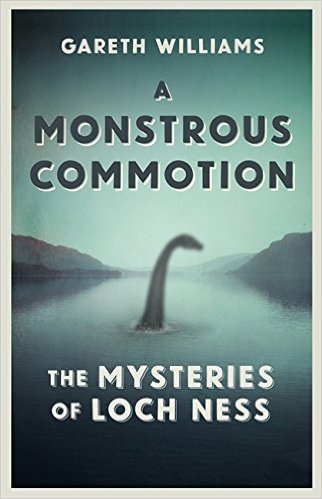

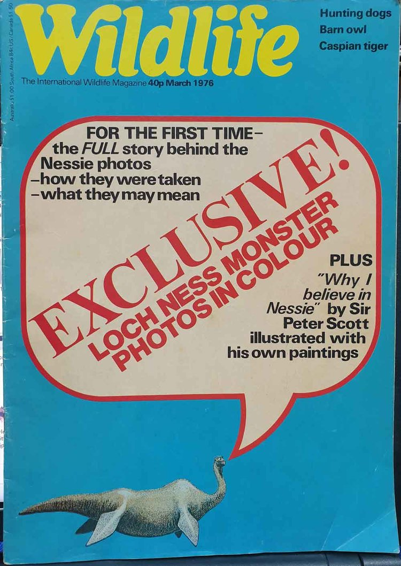
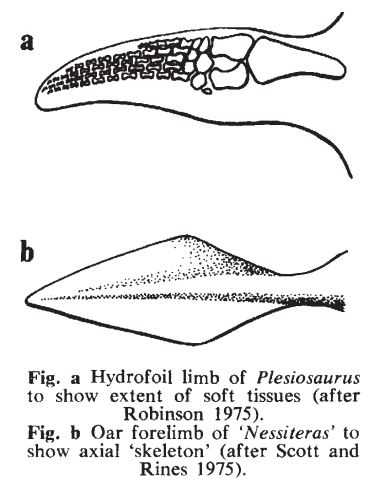
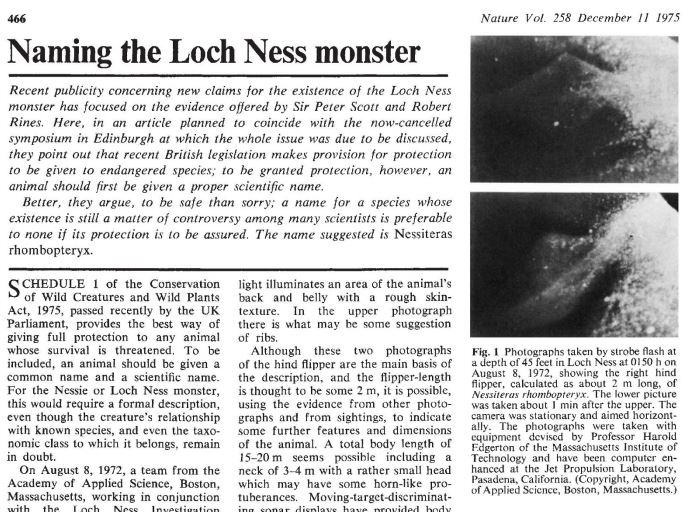
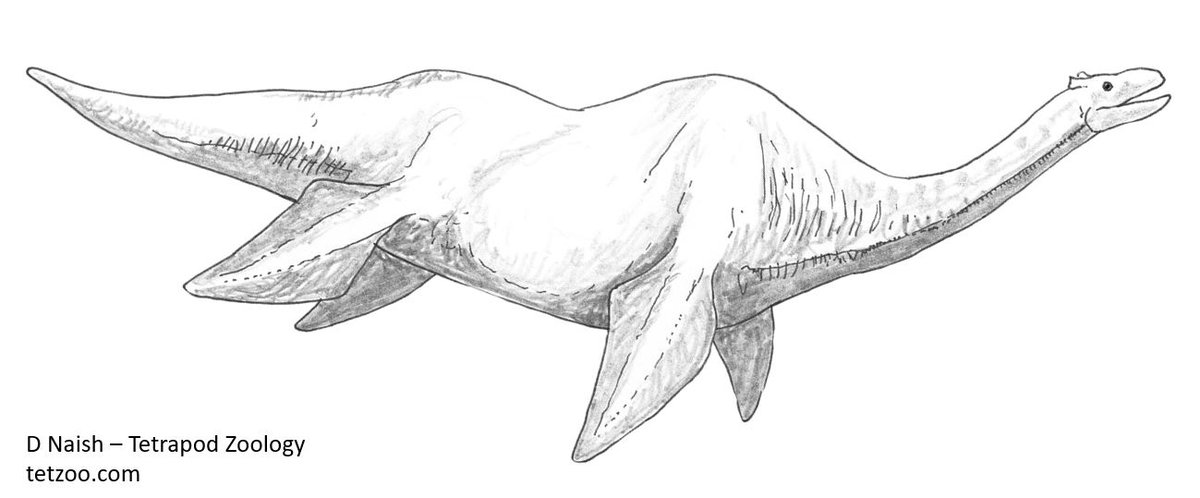
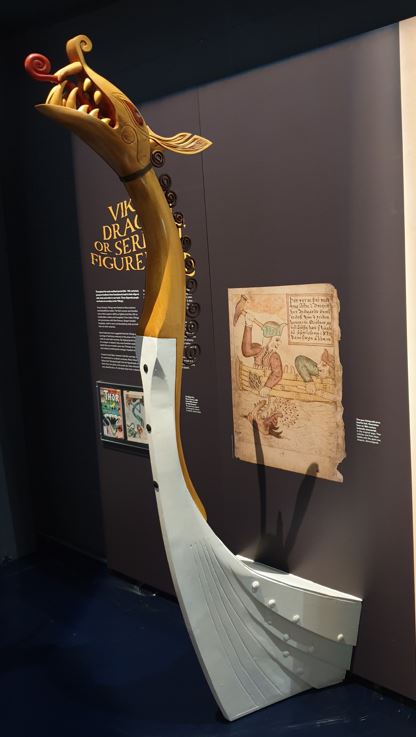


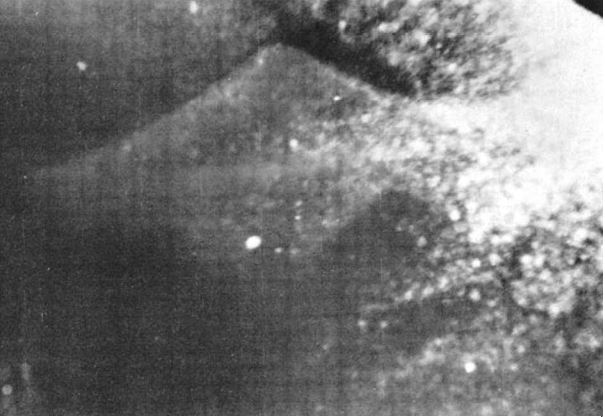

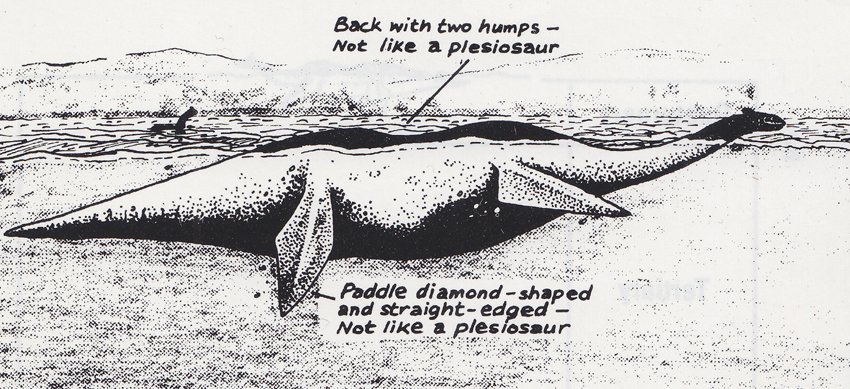
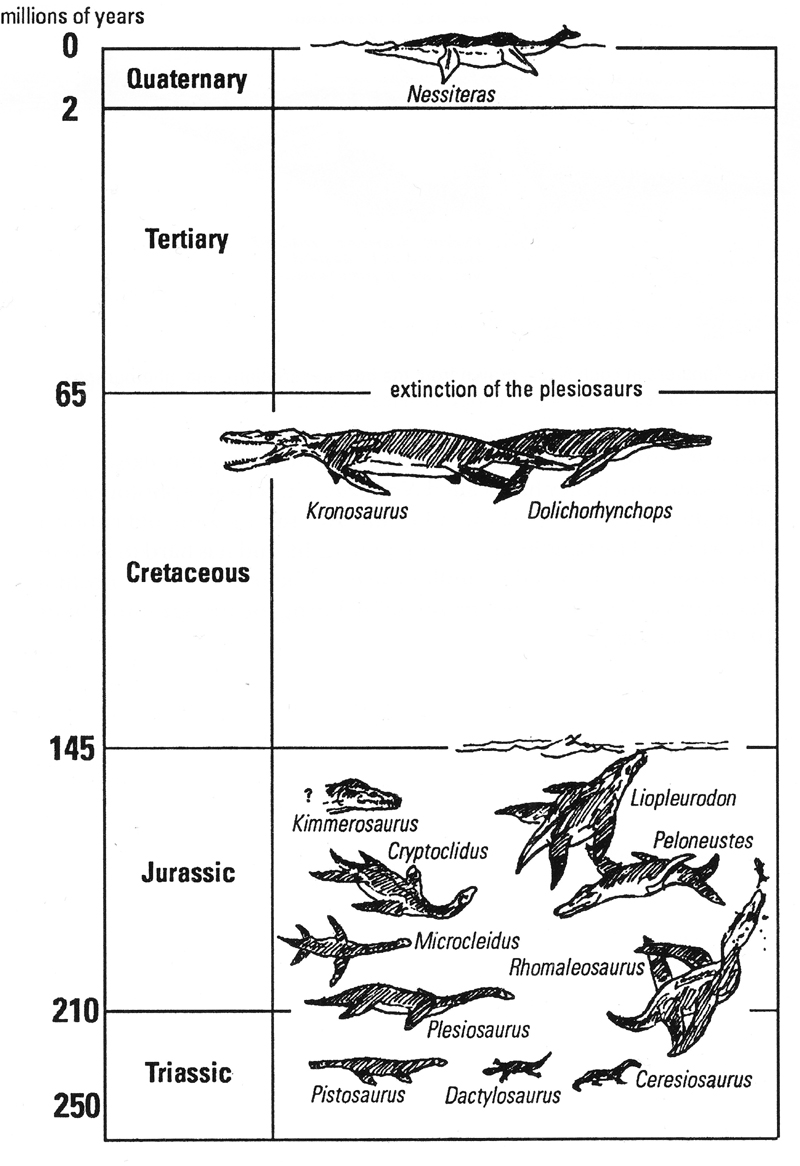
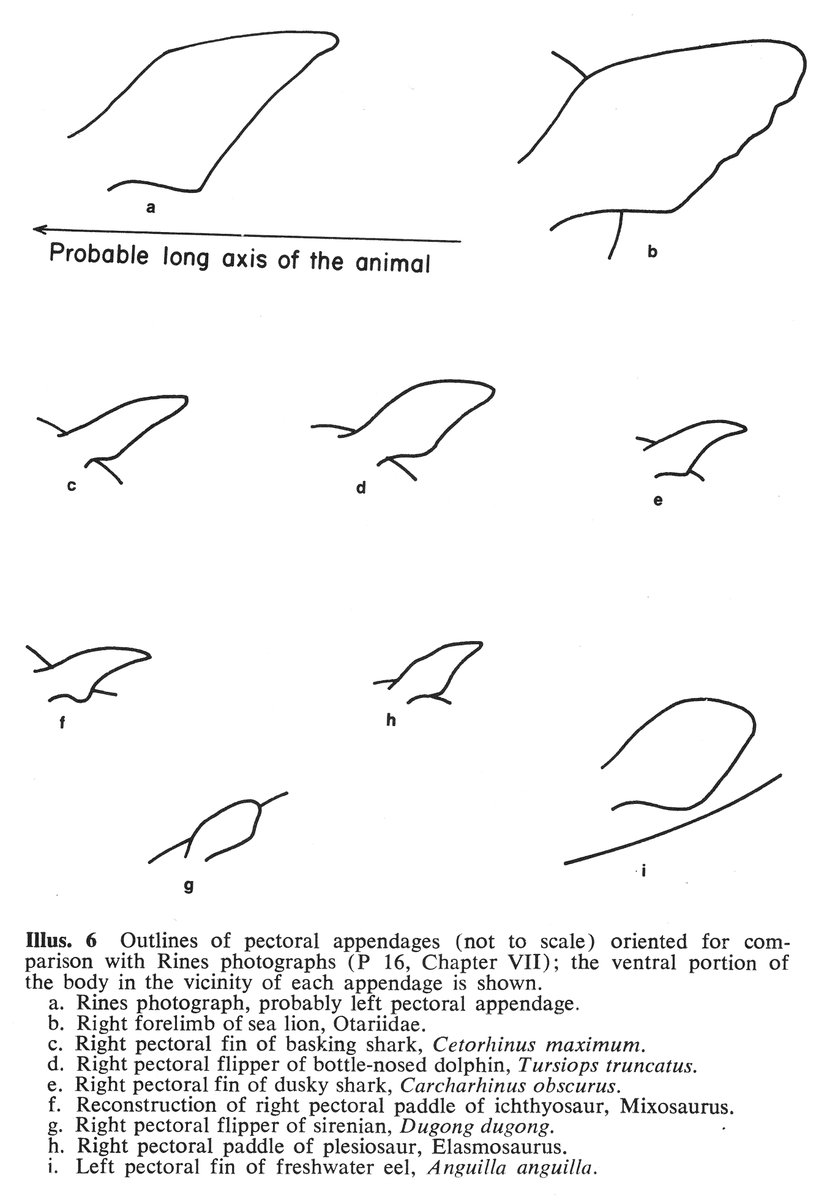
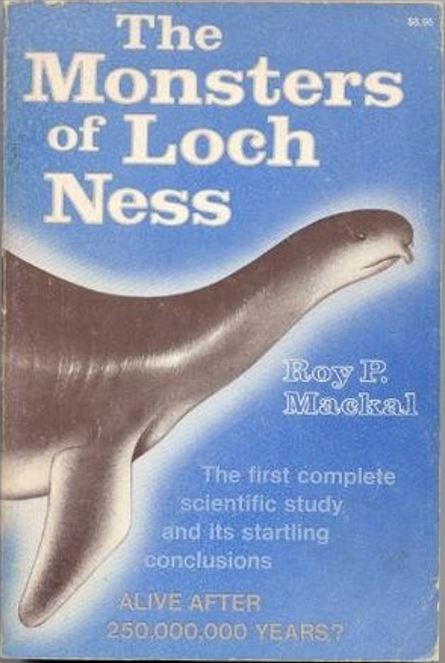
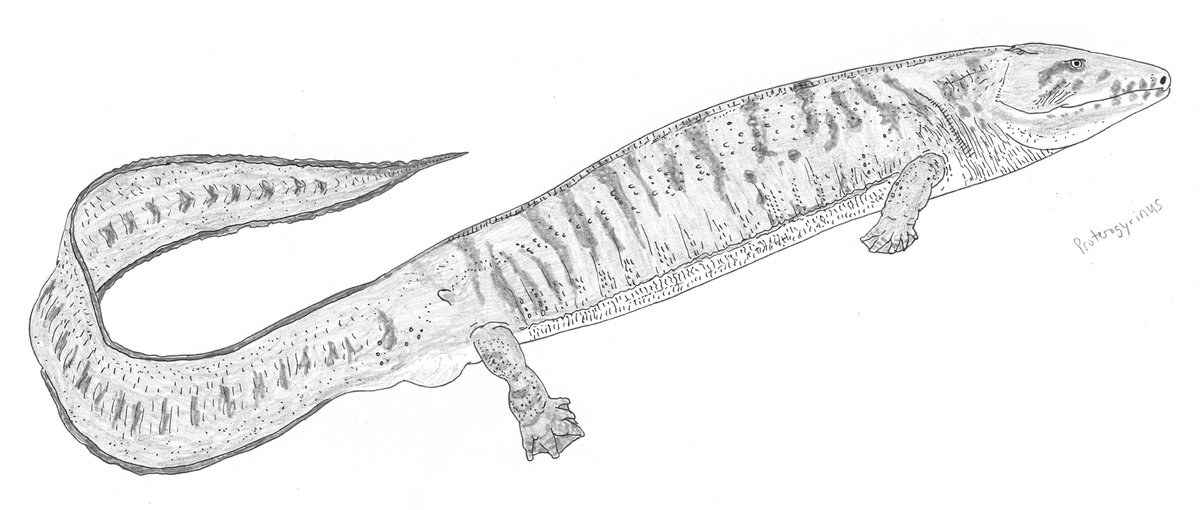
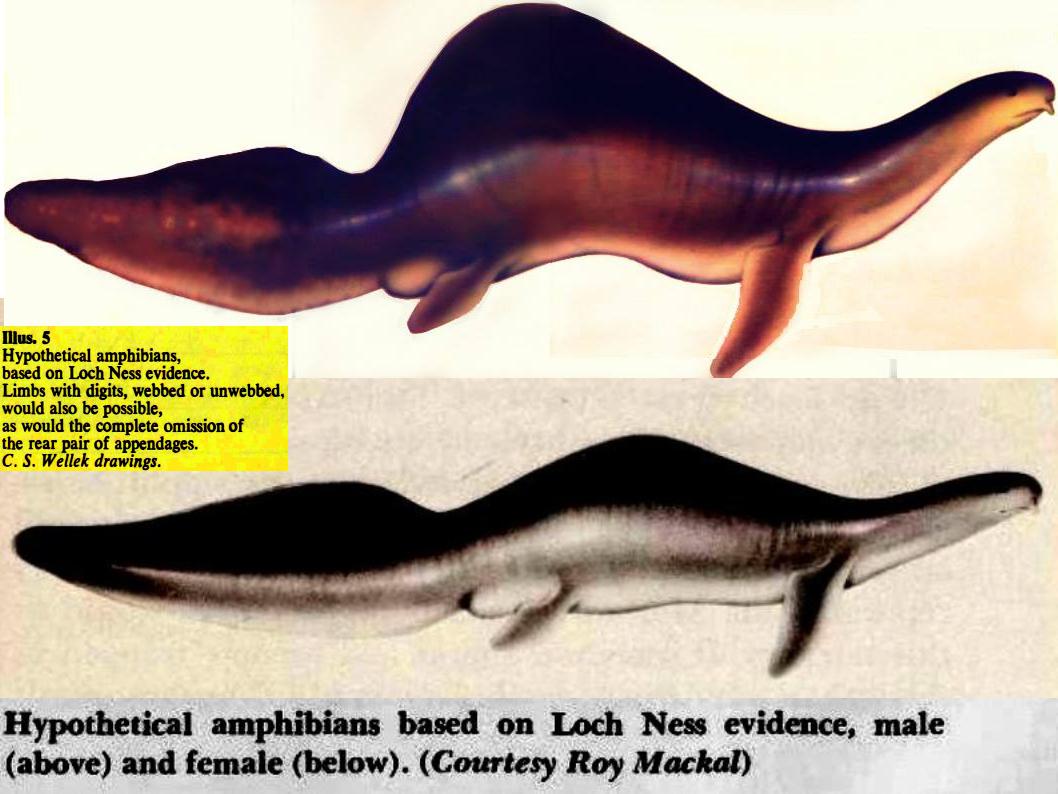
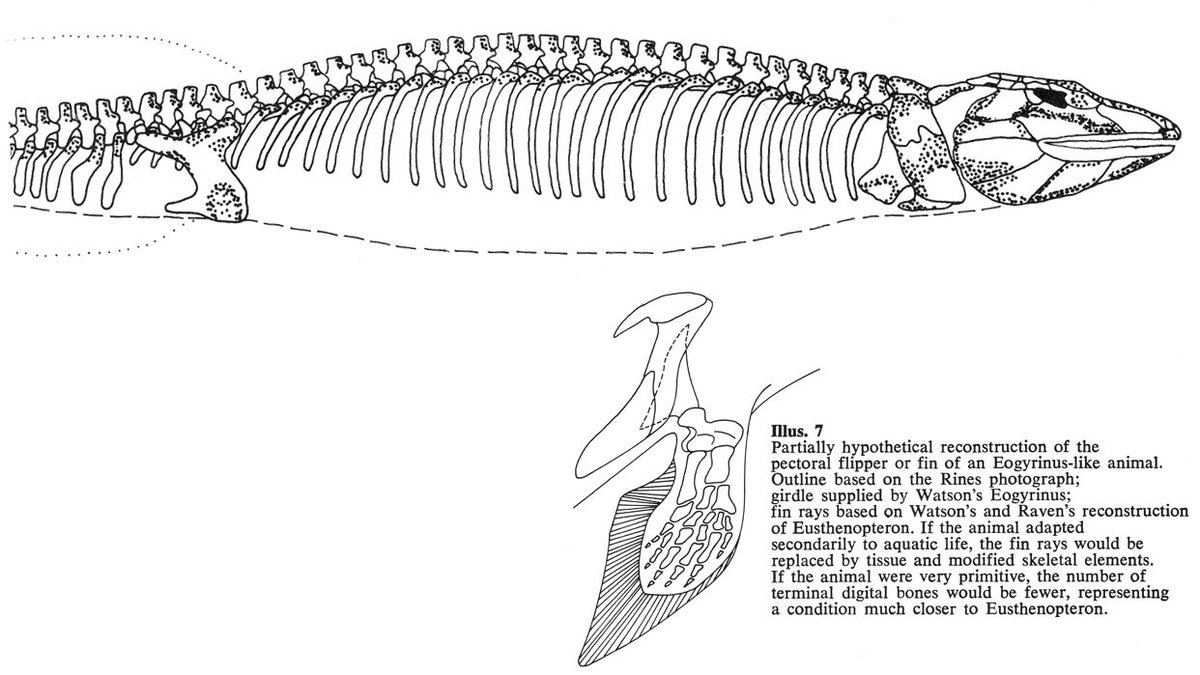
![In a 1984 article, #LochNess expert and author Adrian Shine (shown here!) suggested that the form of the flipper indicates that it might fold “on the forward stroke and [stiffen] on the backward stroke, the mechanism for which is not apparent”. In a 1984 article, #LochNess expert and author Adrian Shine (shown here!) suggested that the form of the flipper indicates that it might fold “on the forward stroke and [stiffen] on the backward stroke, the mechanism for which is not apparent”.](https://pbs.twimg.com/media/EfvBCQiWsAAdYaO.jpg)
